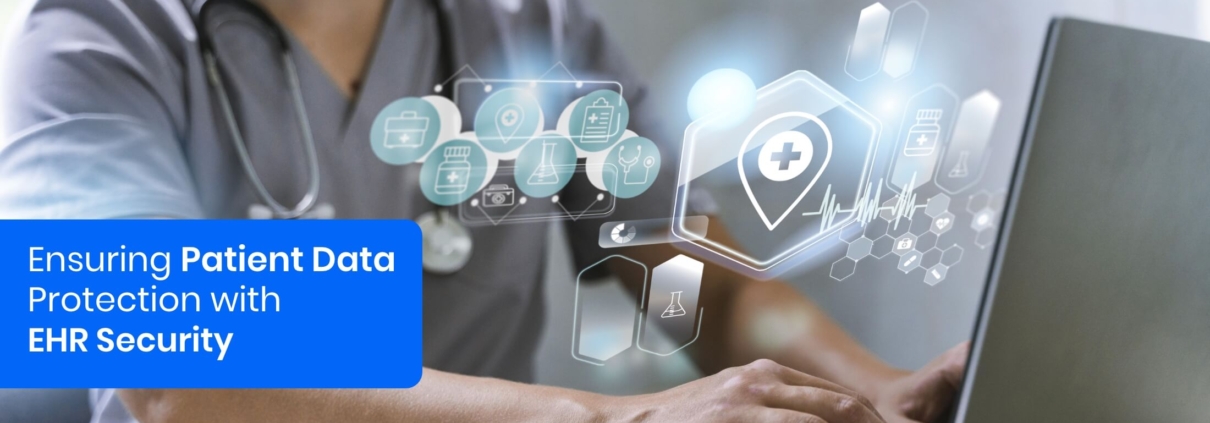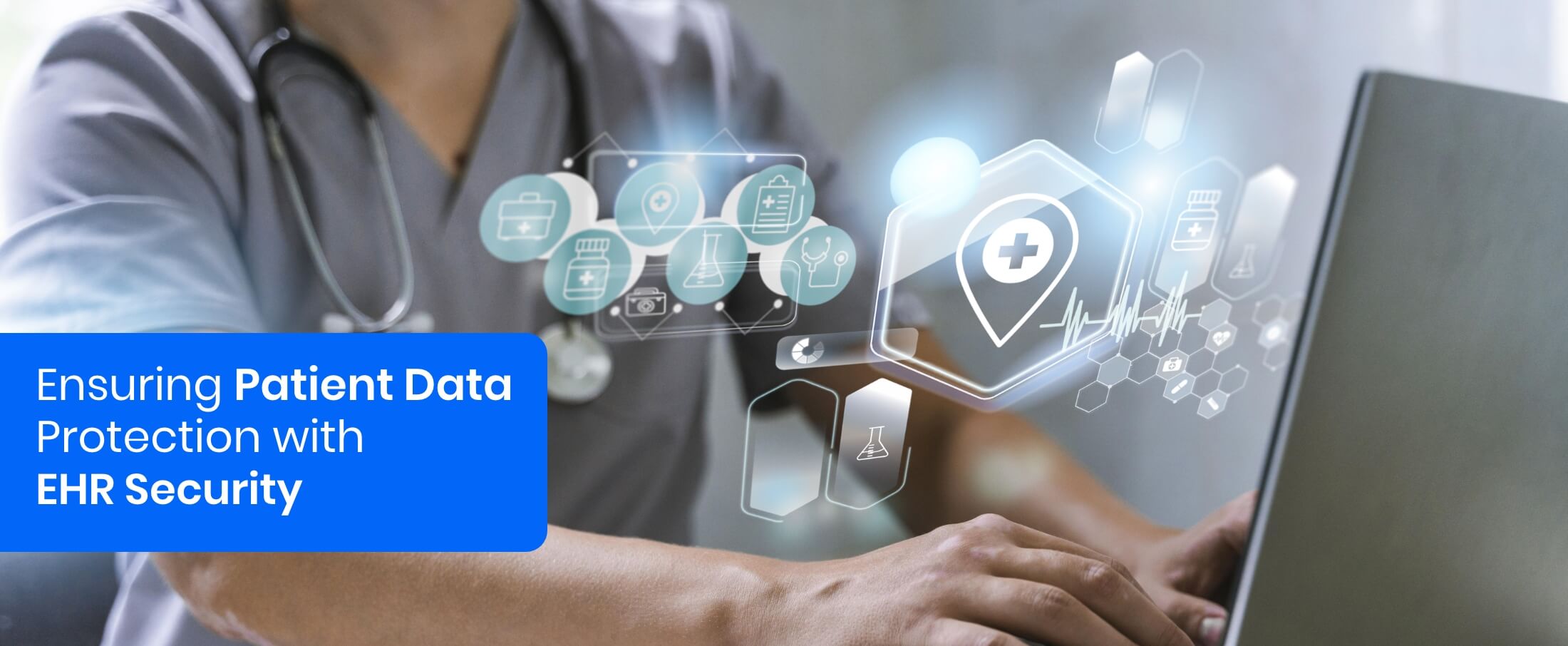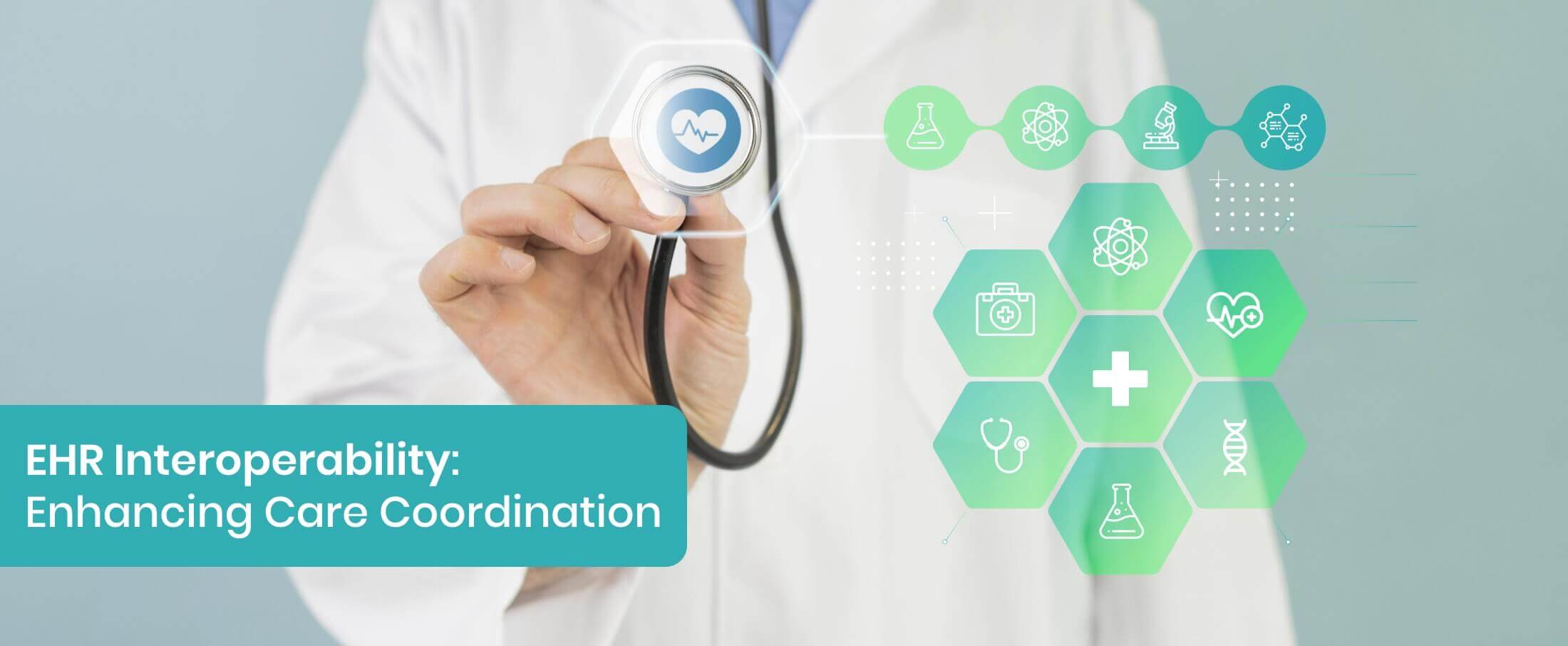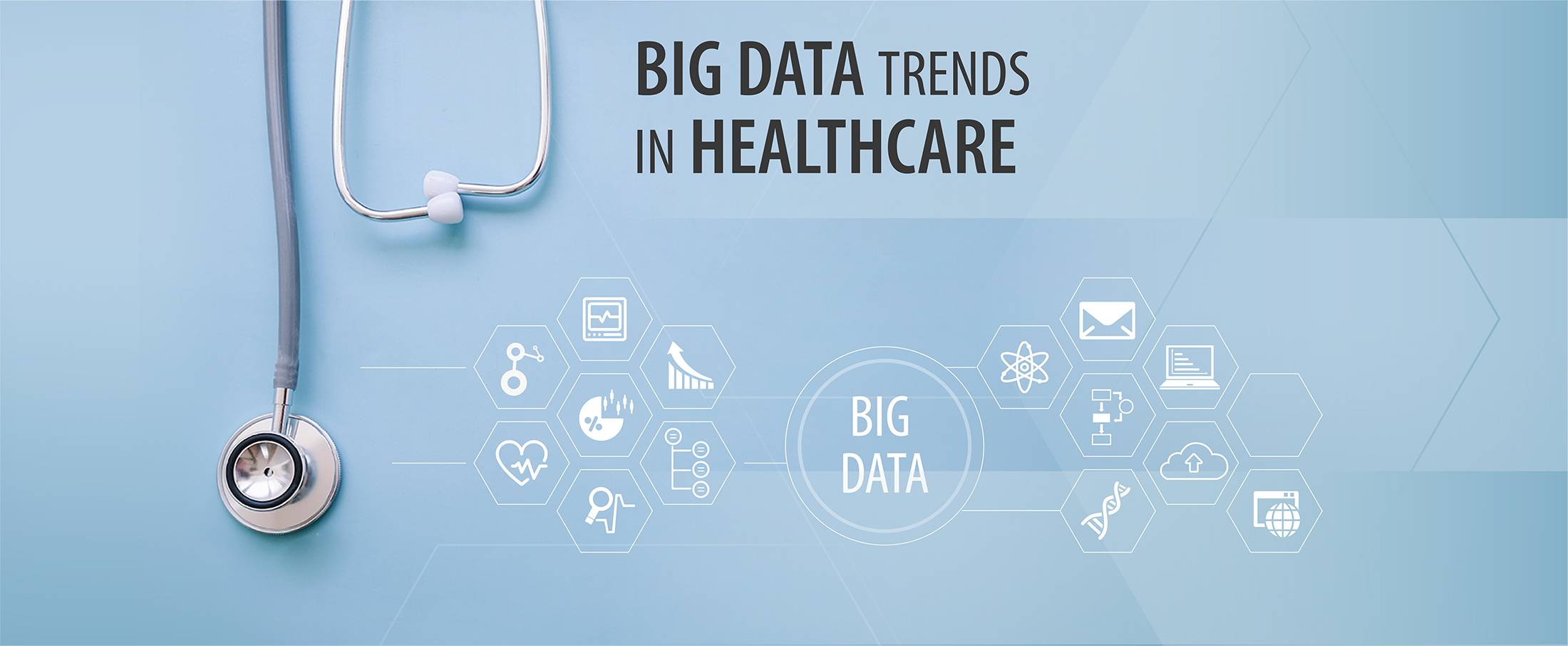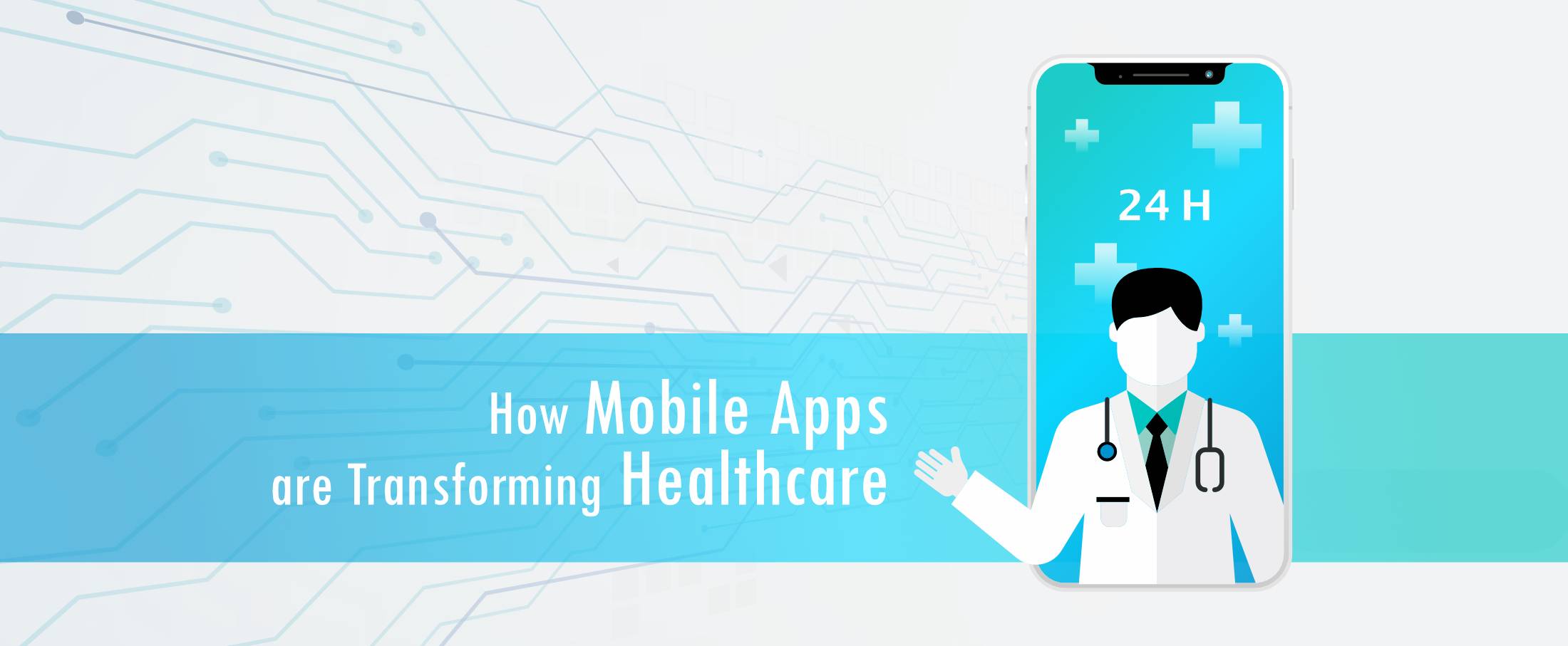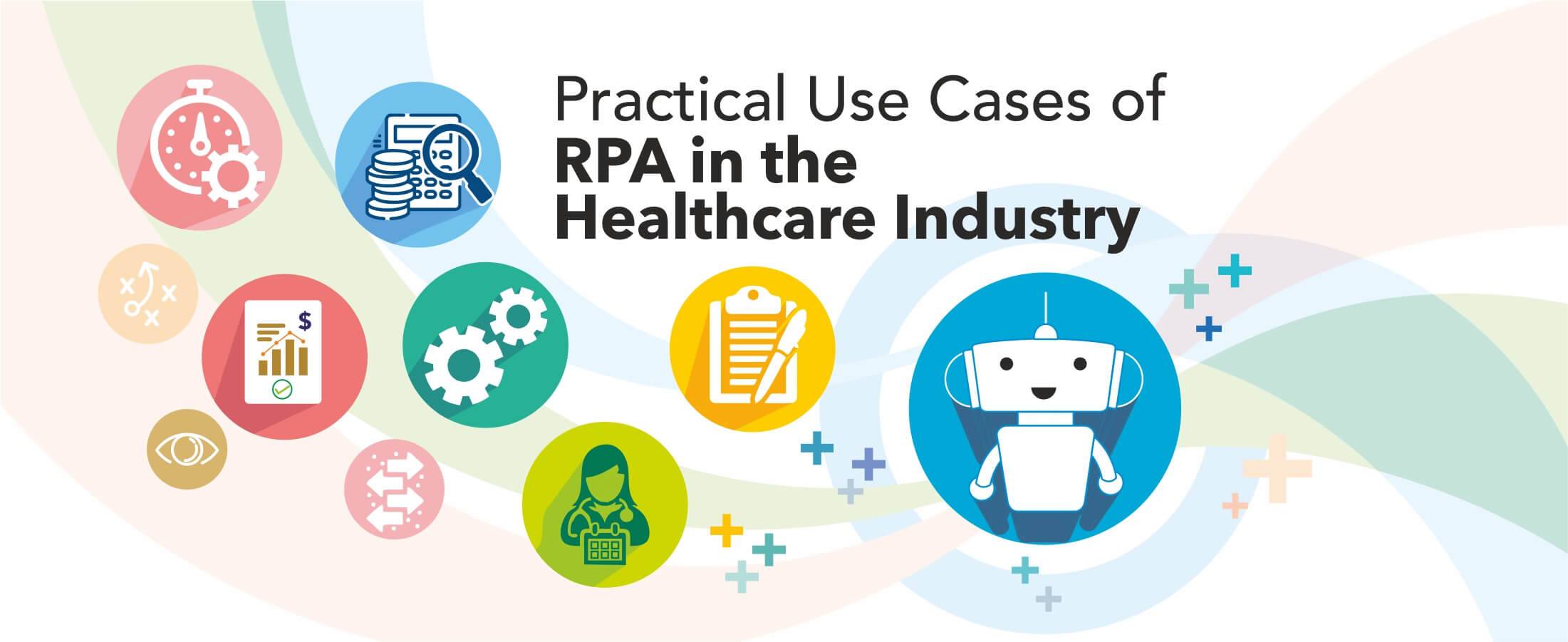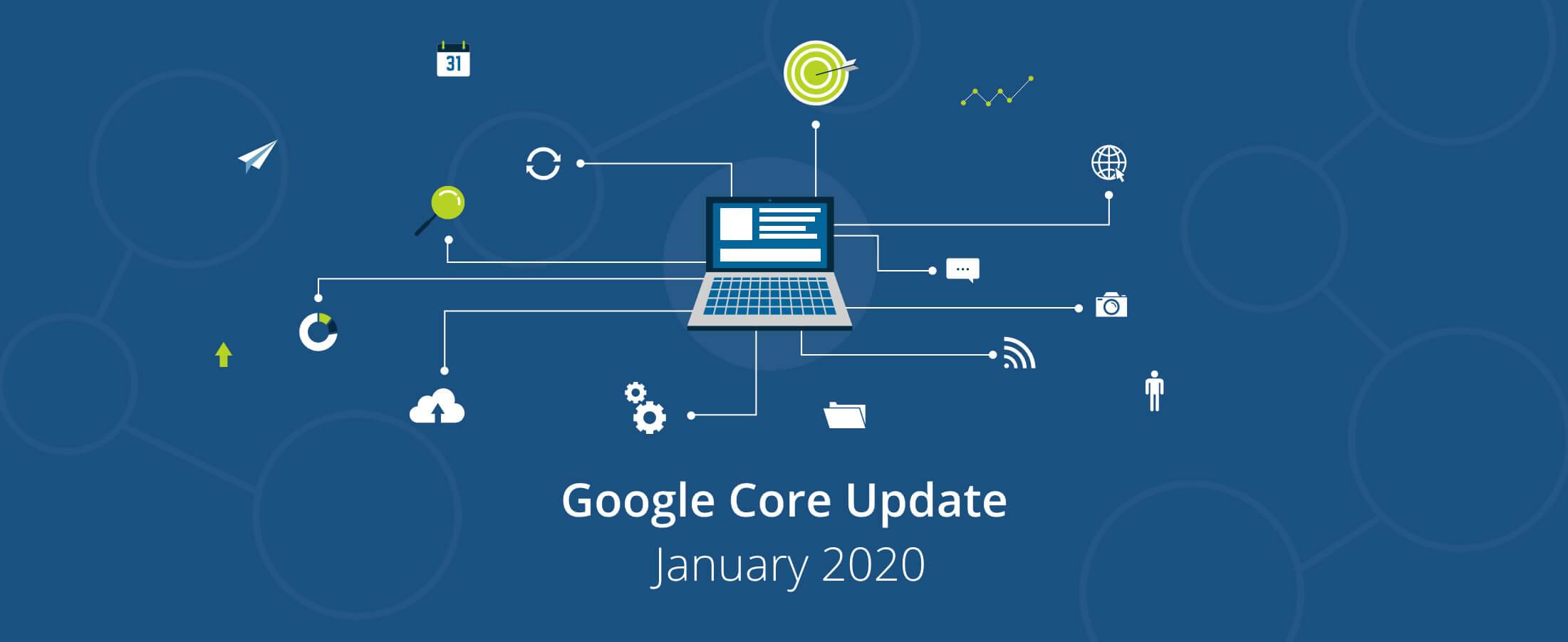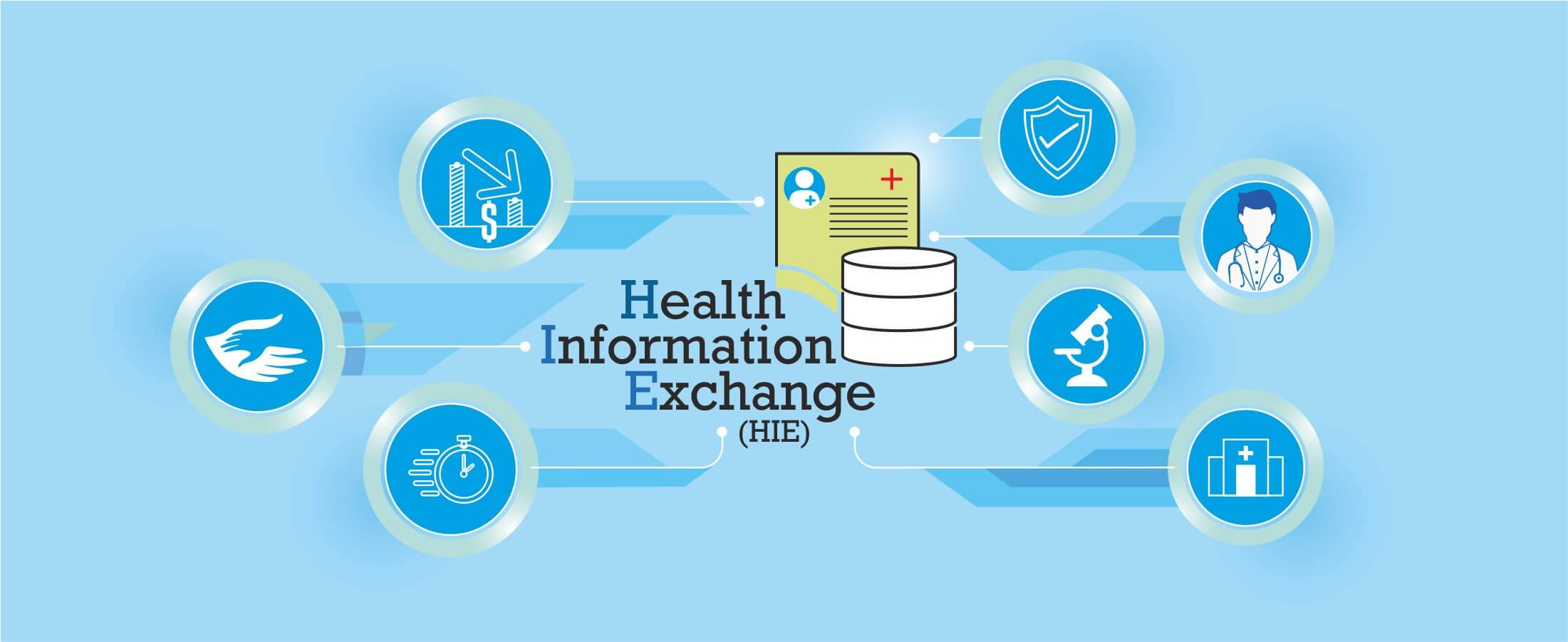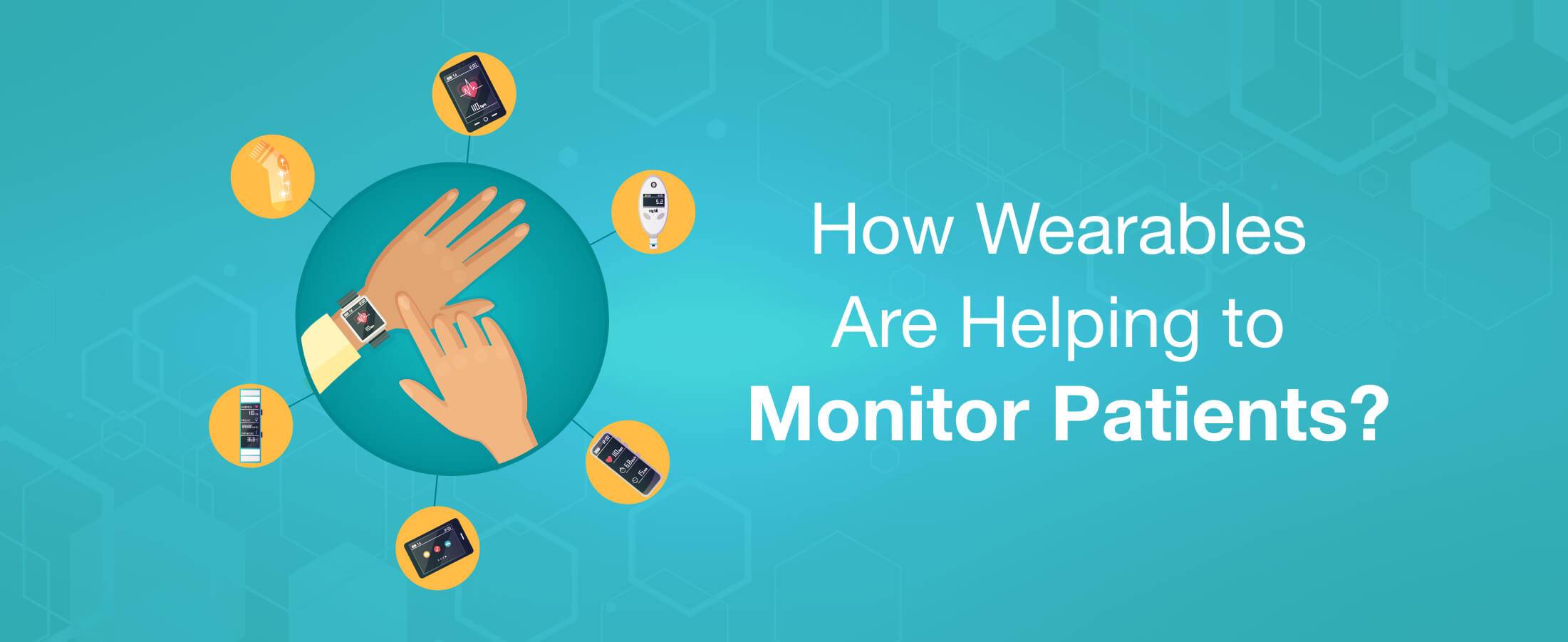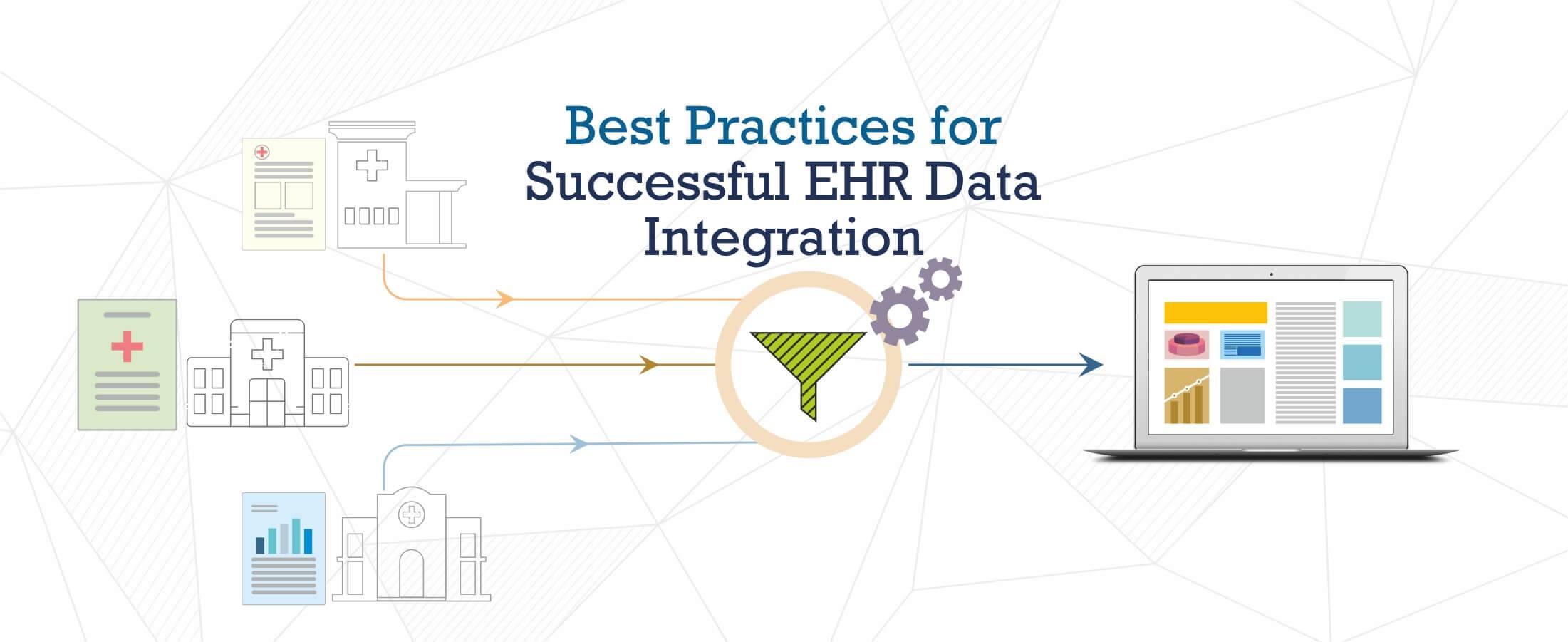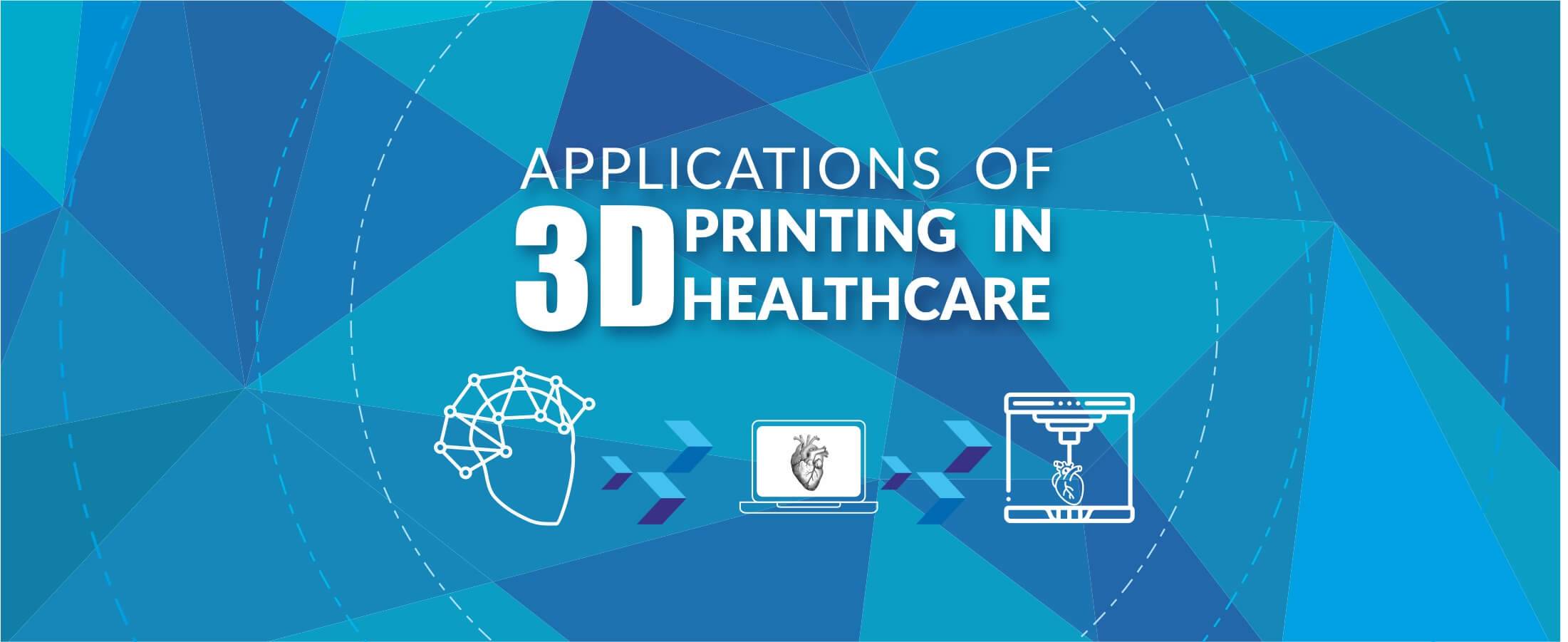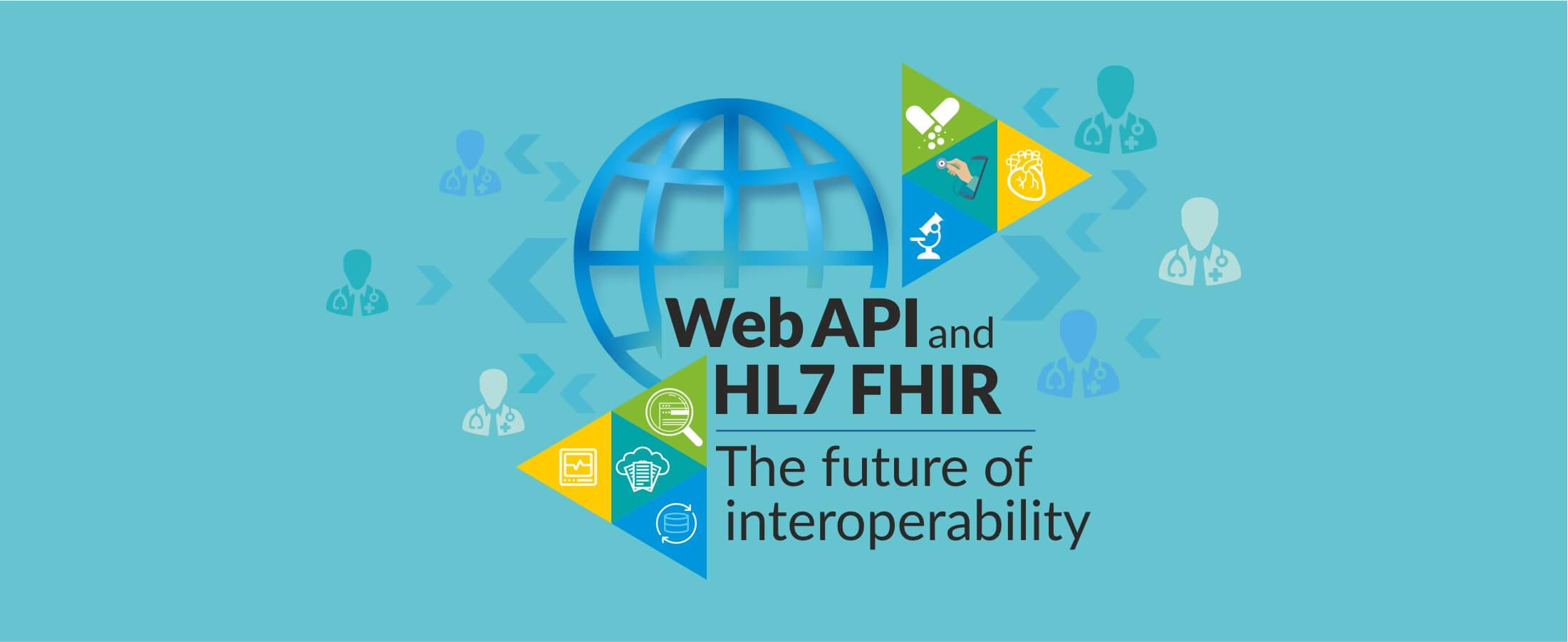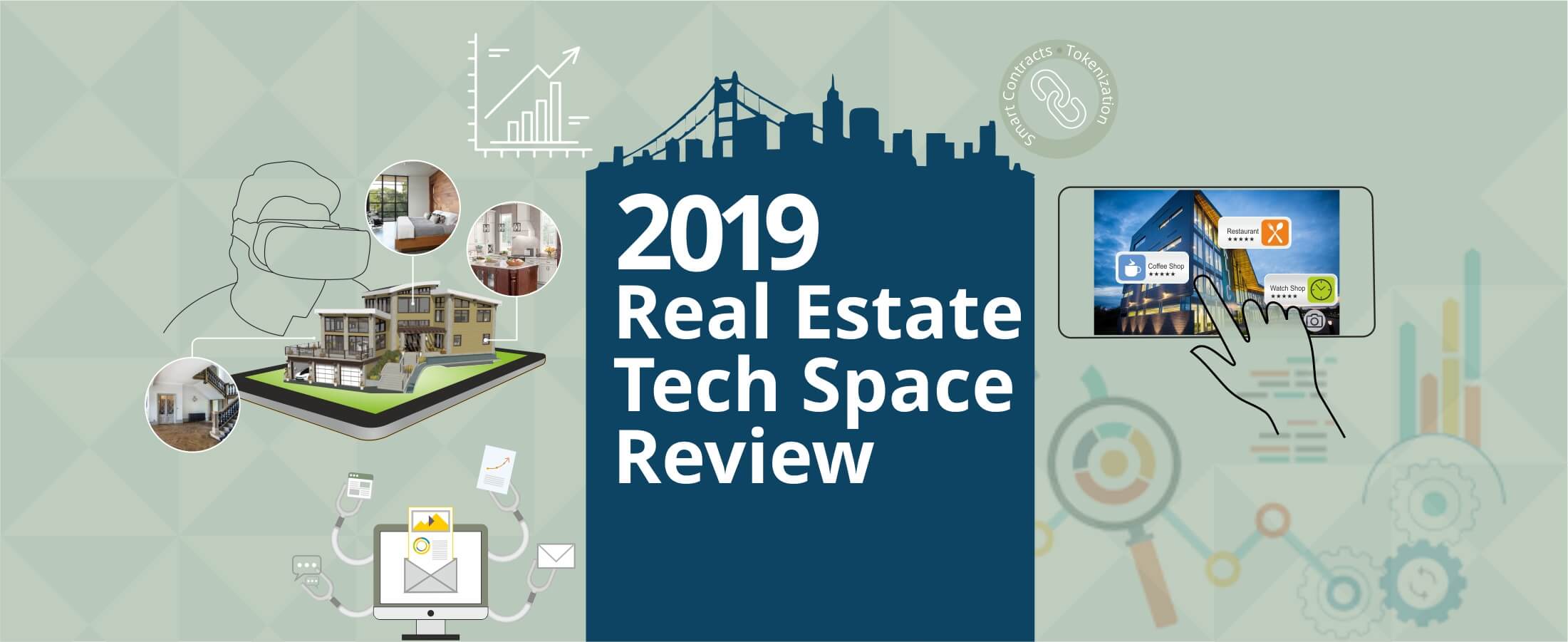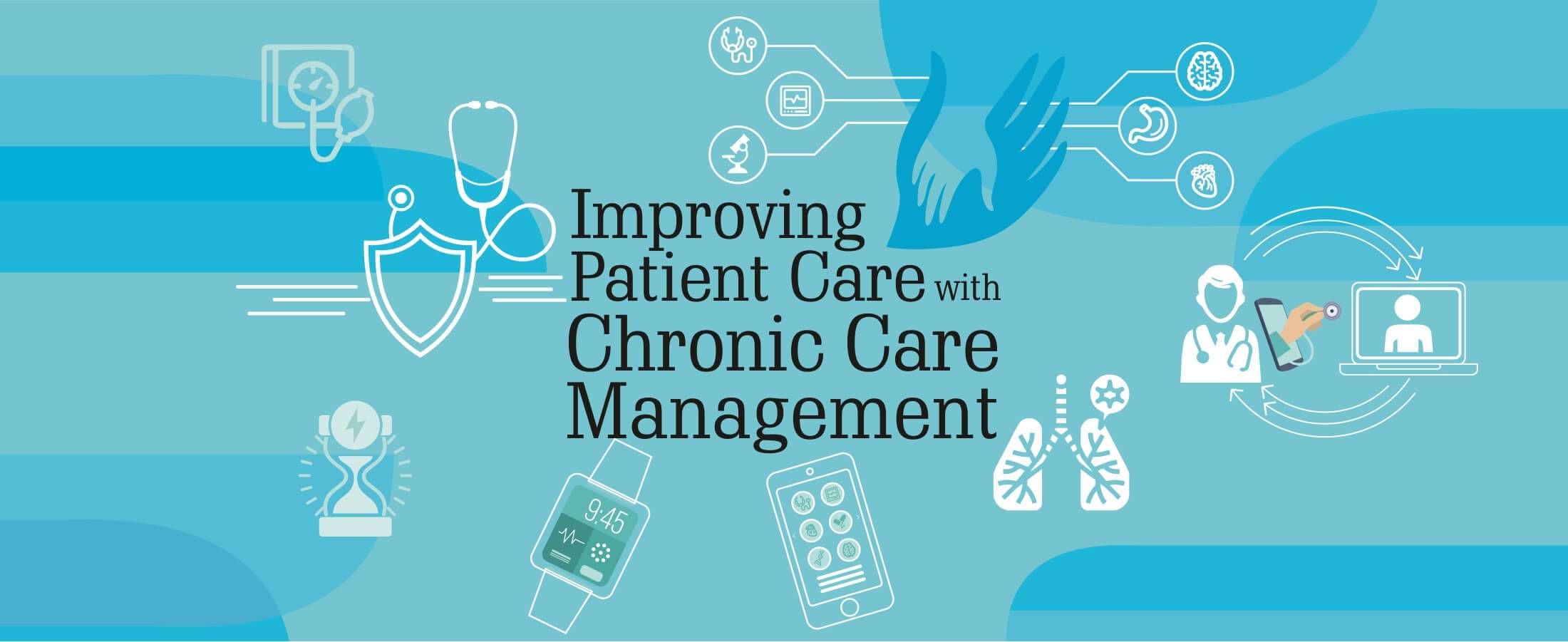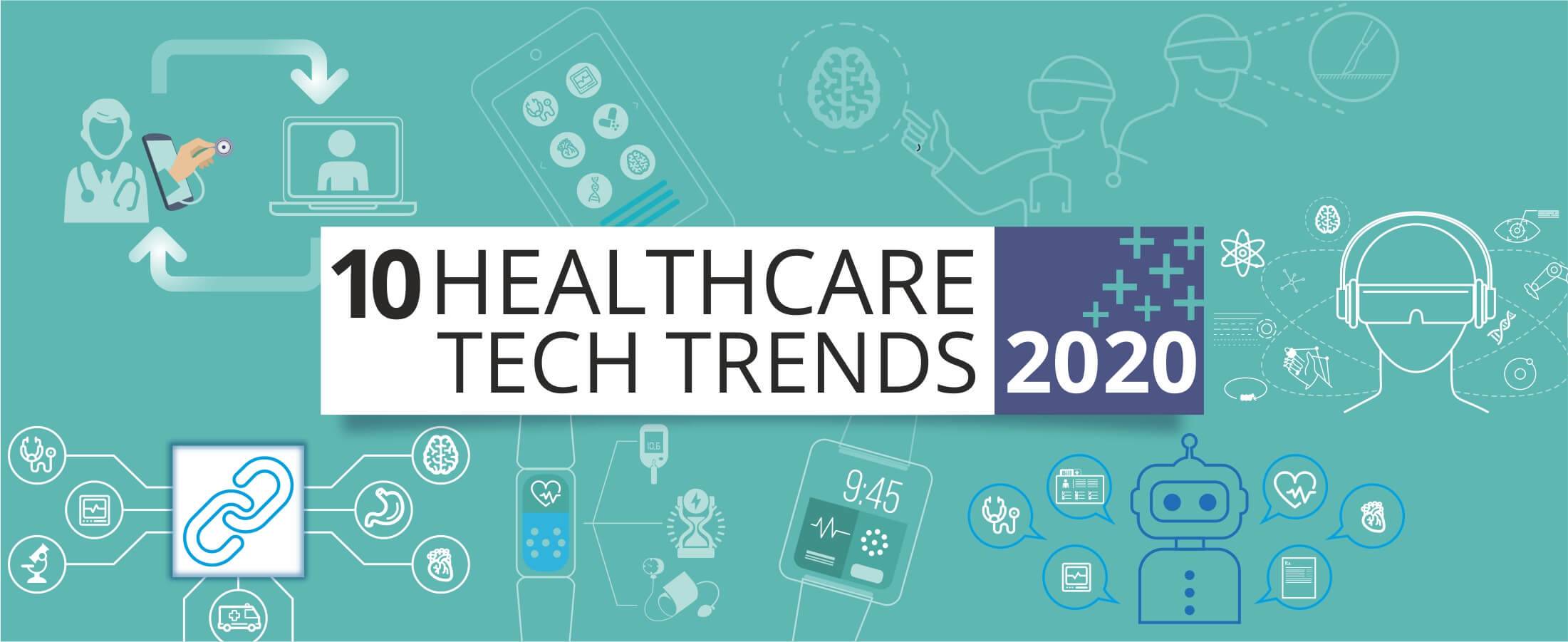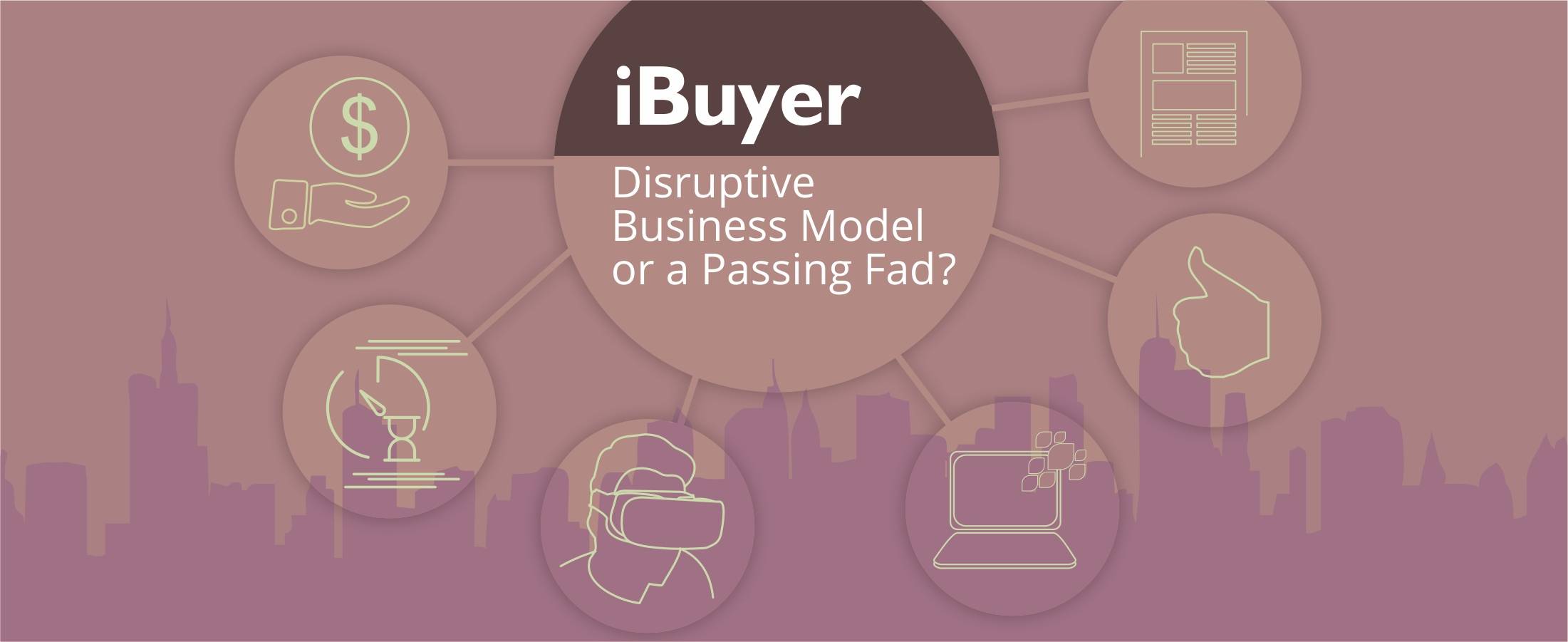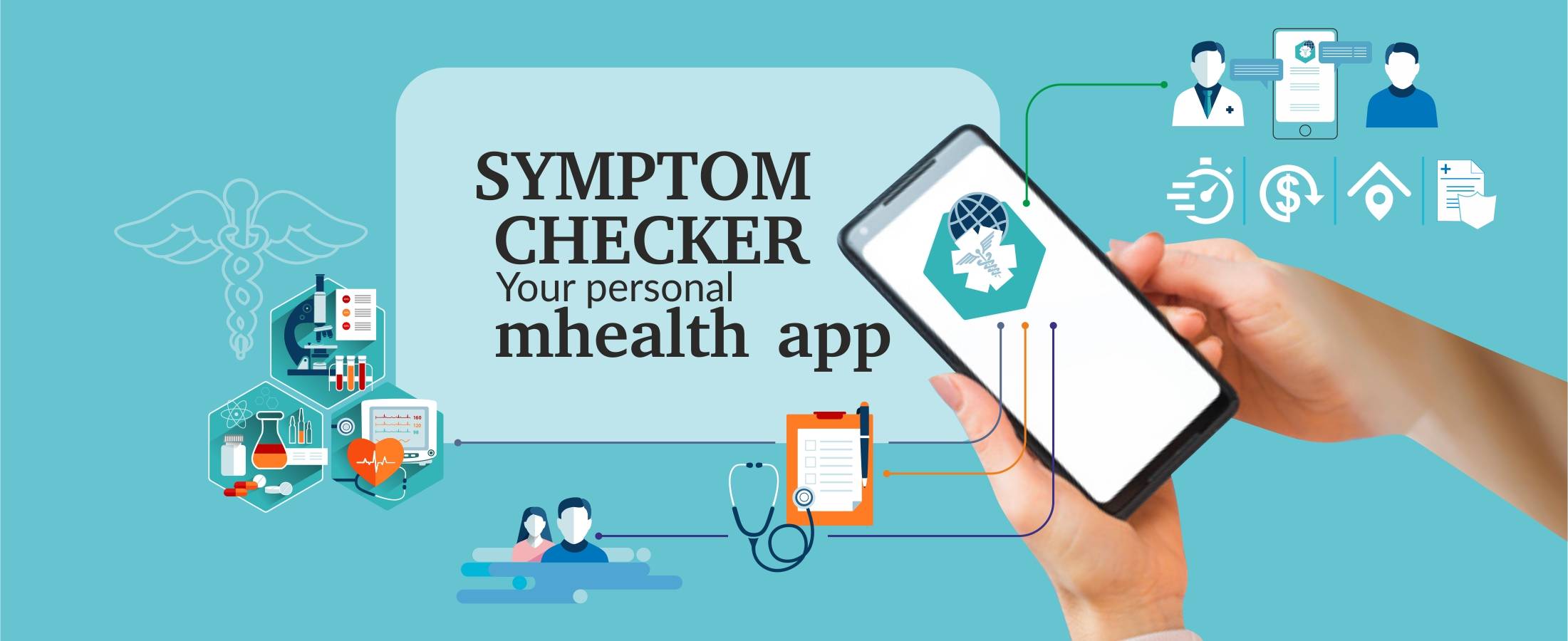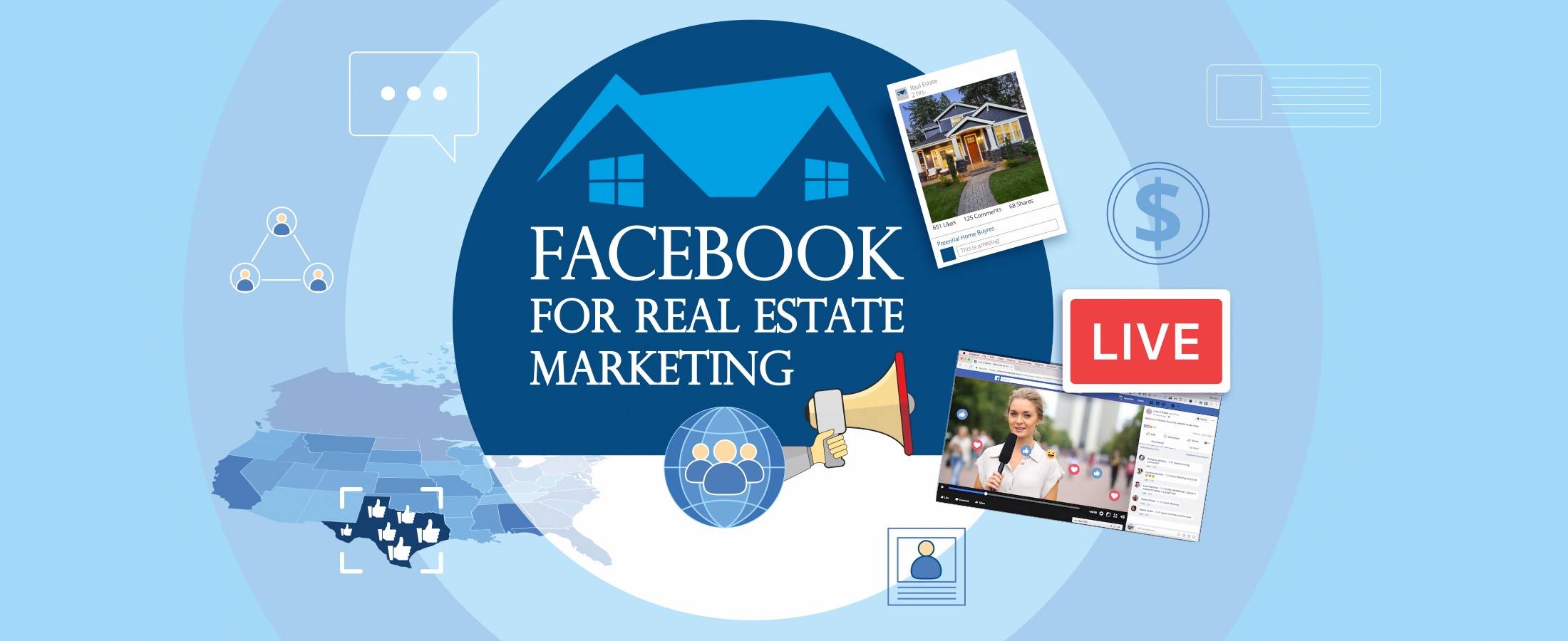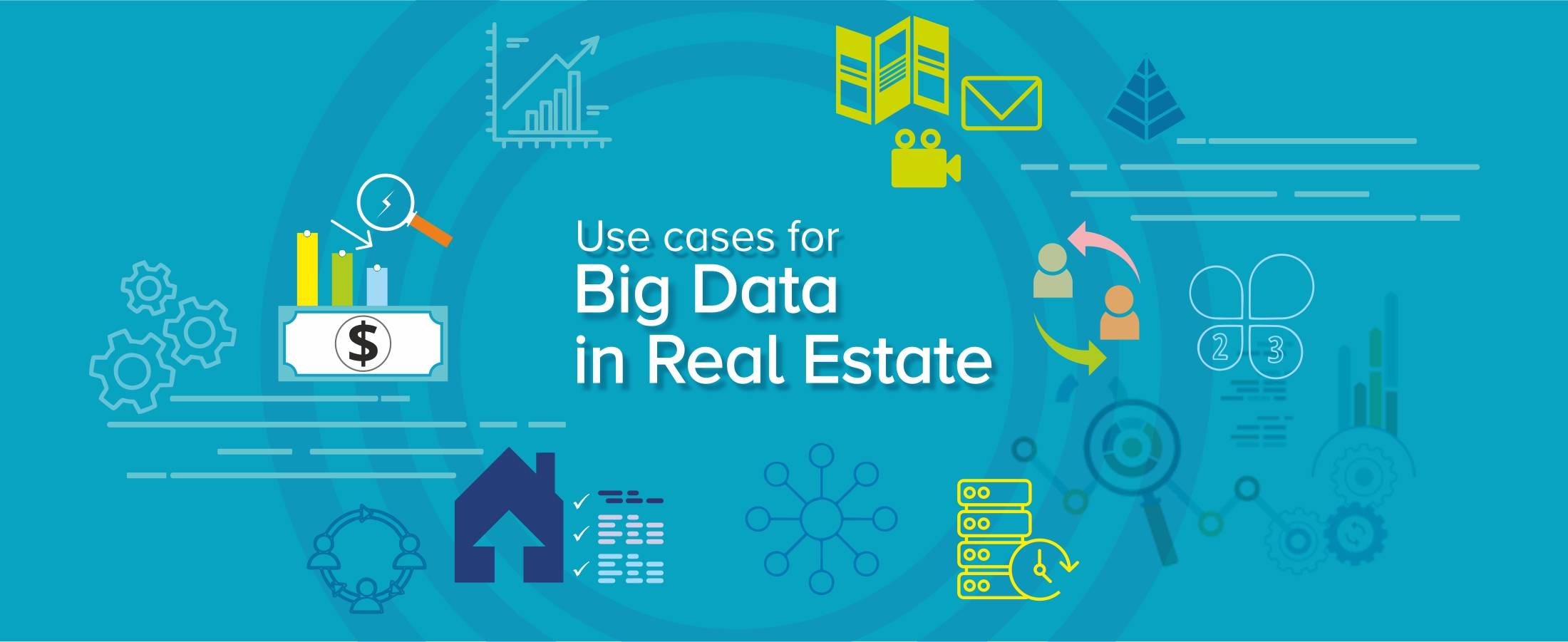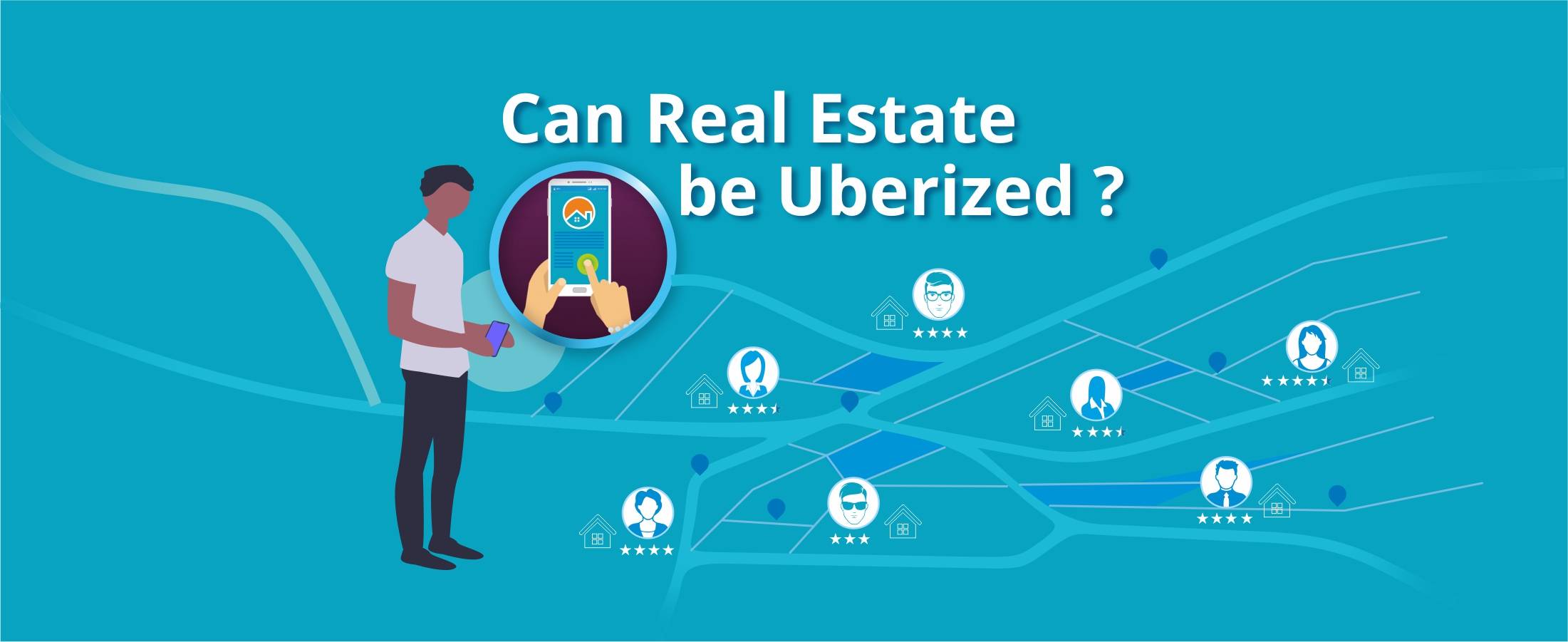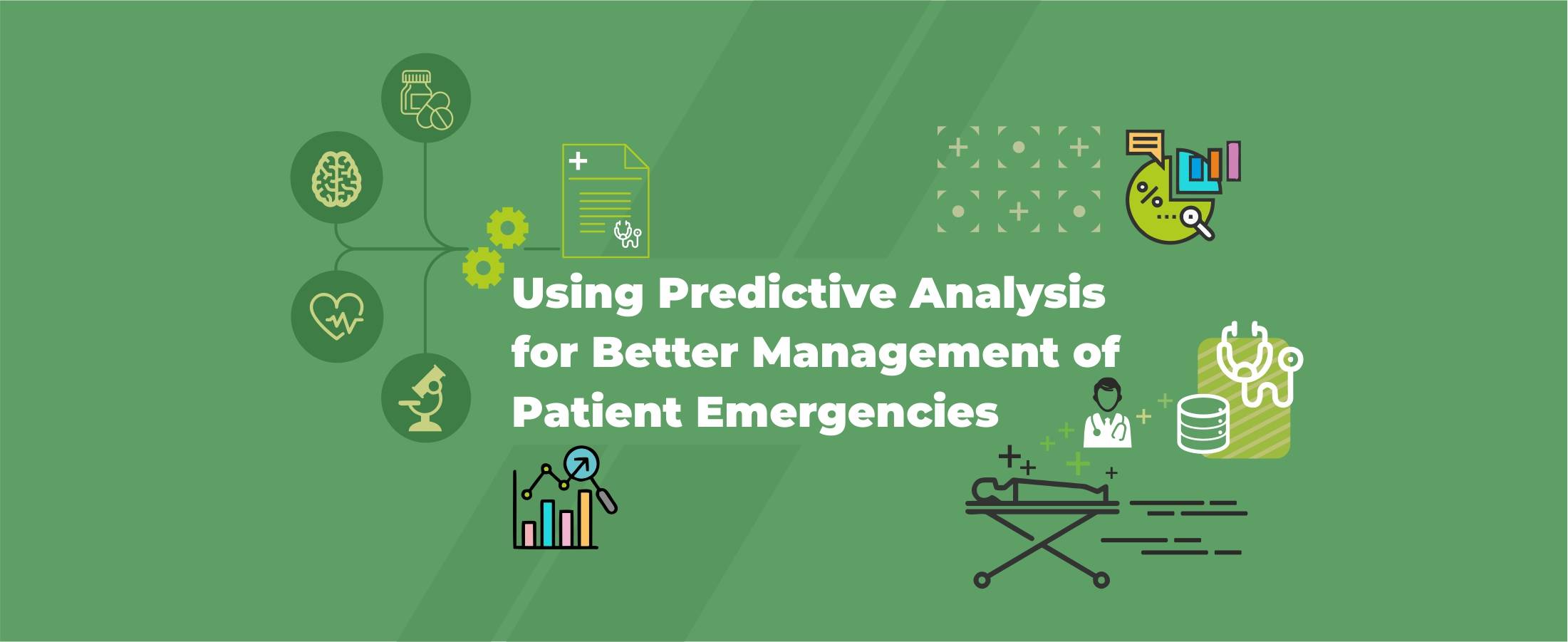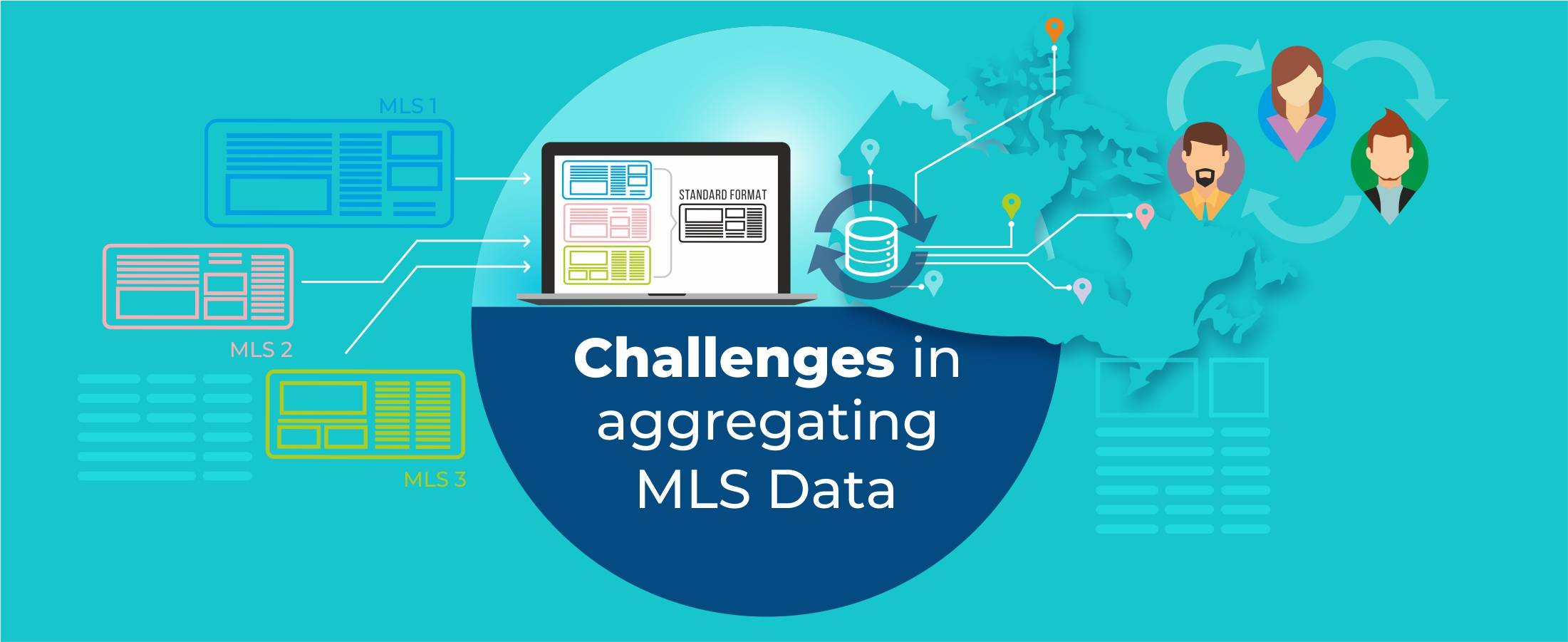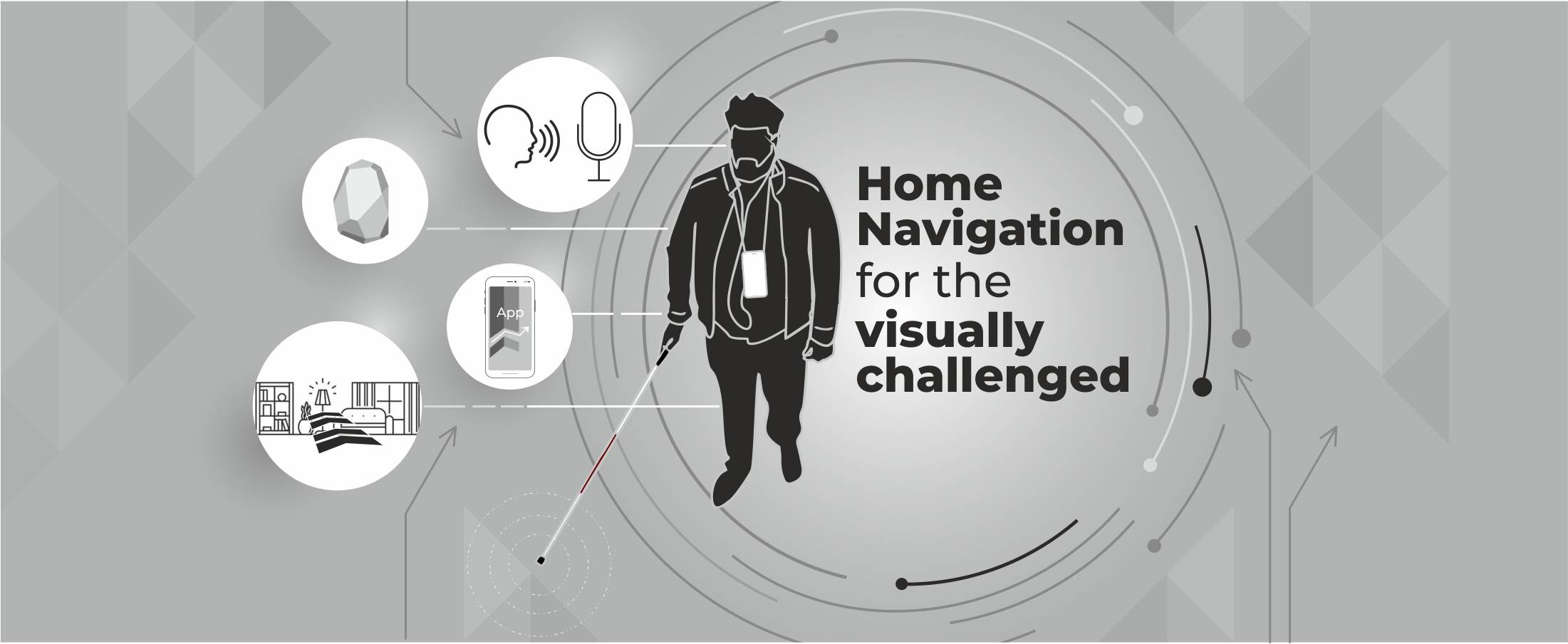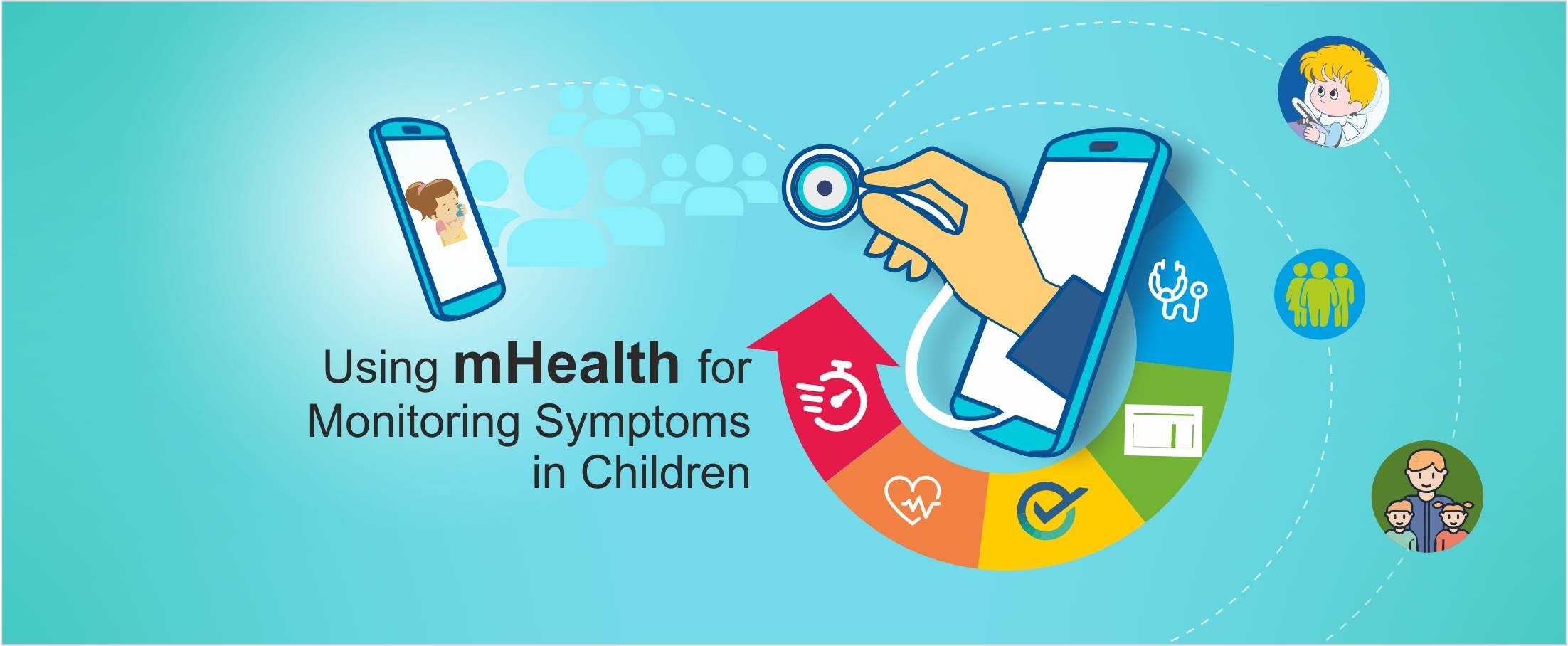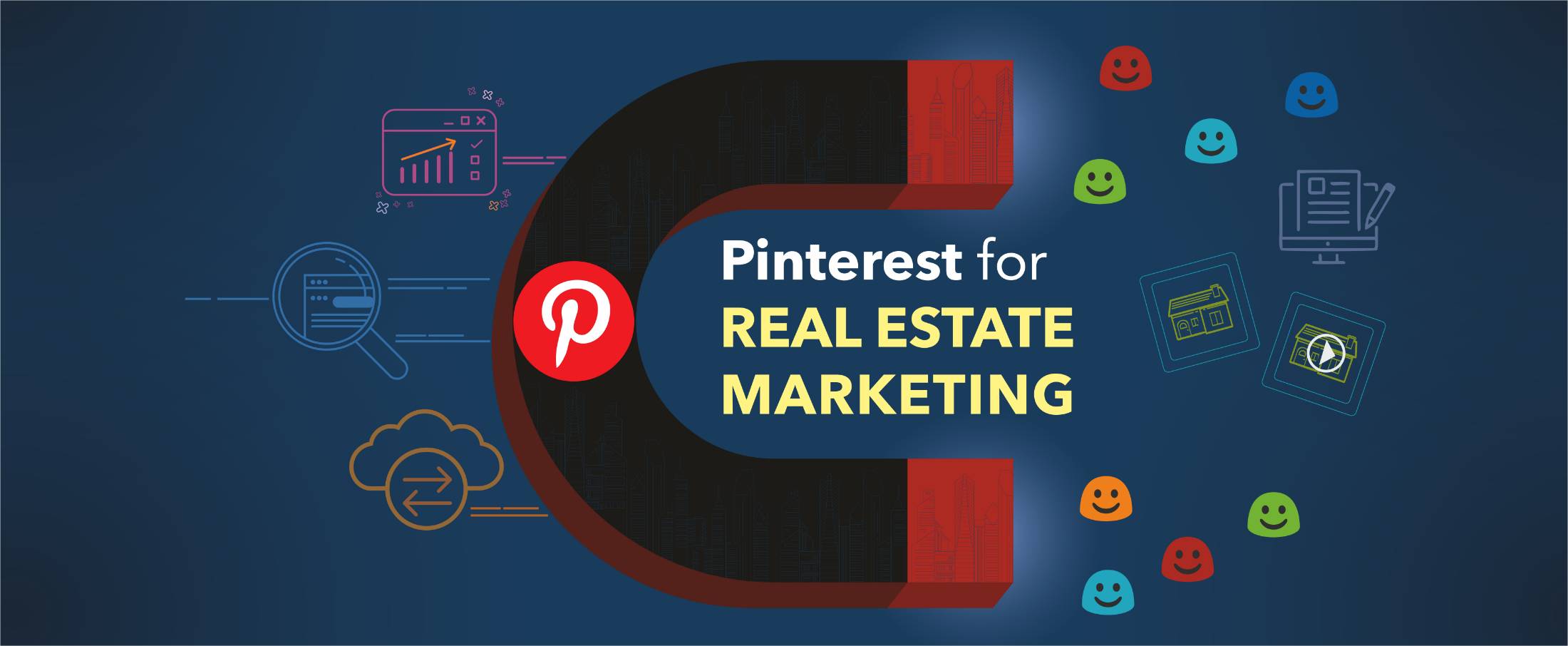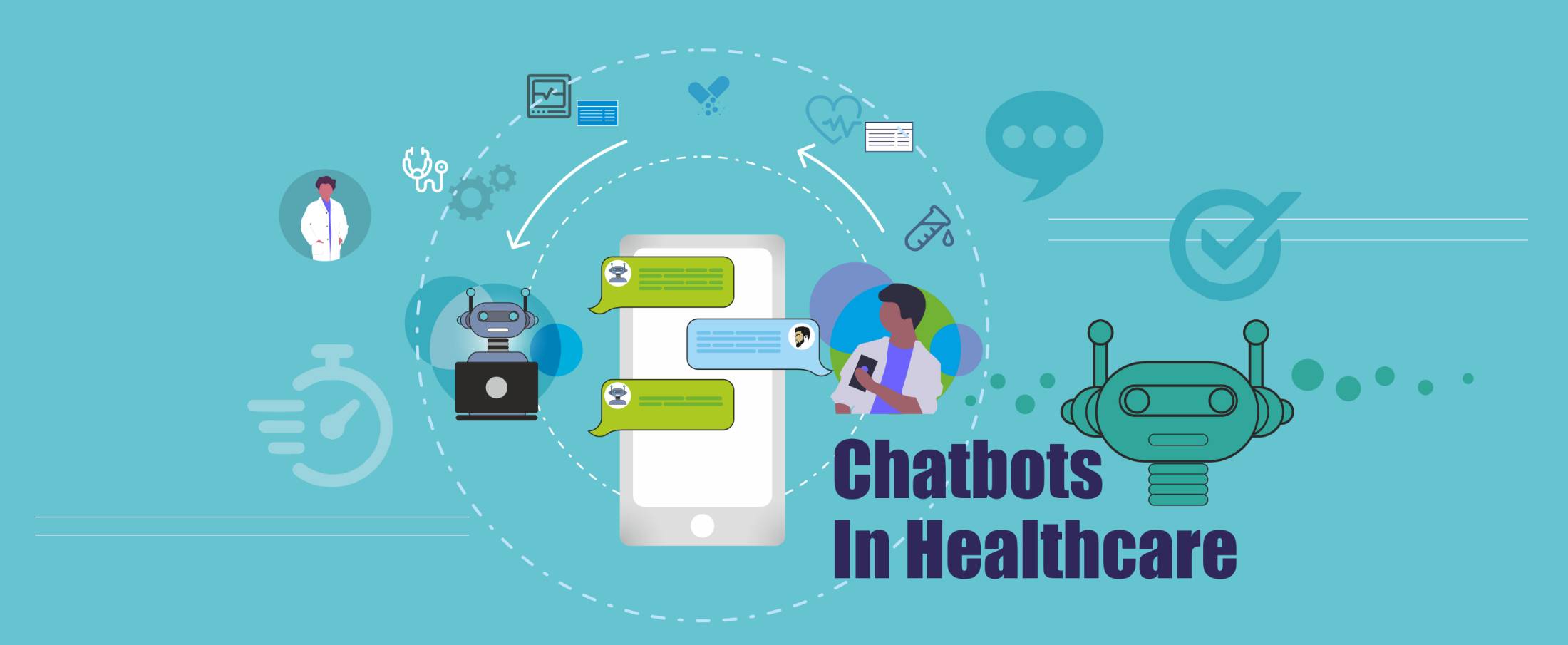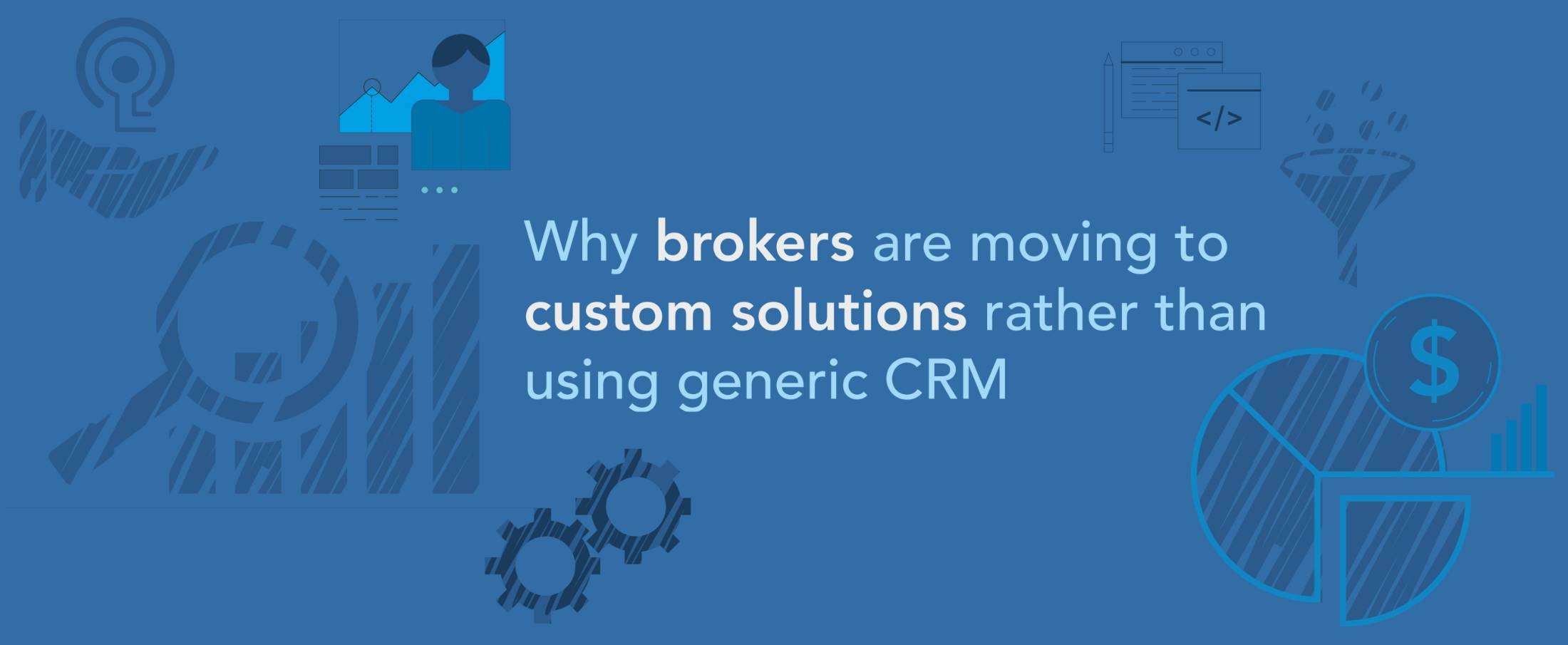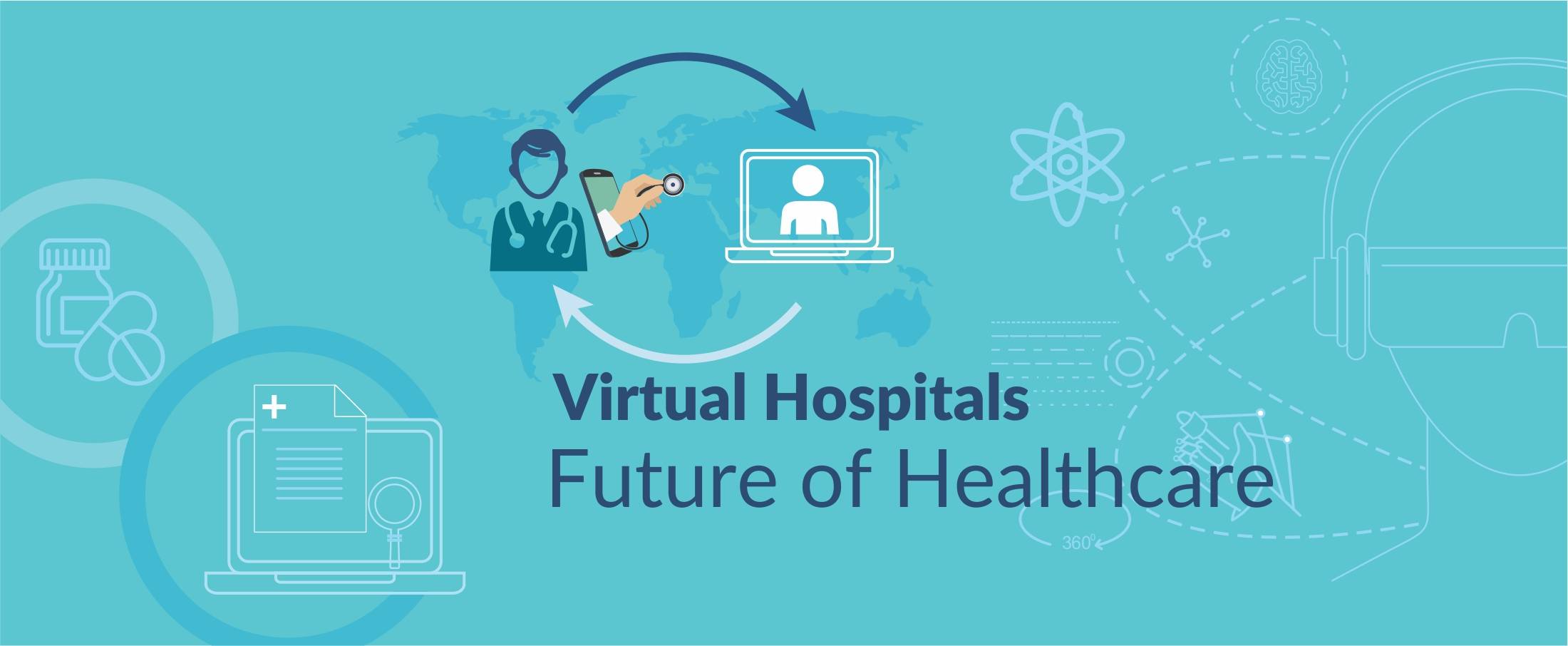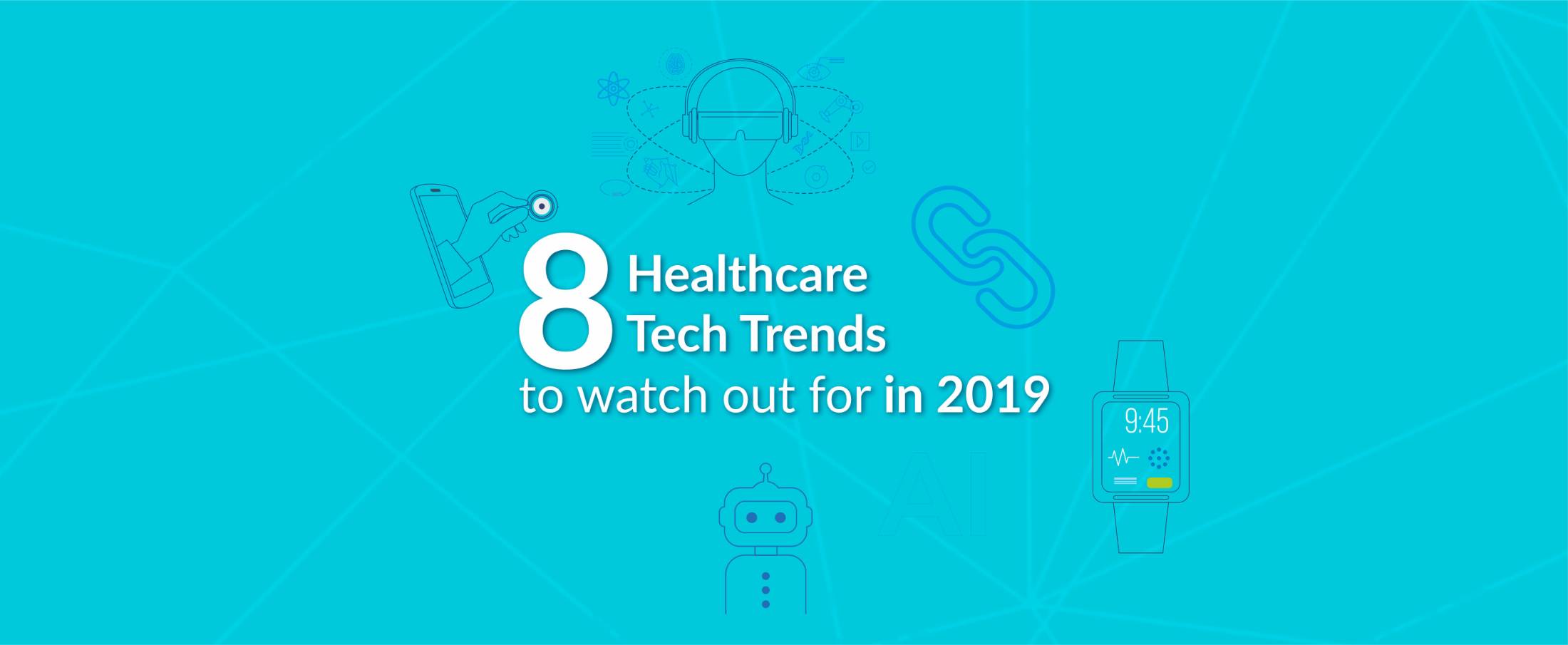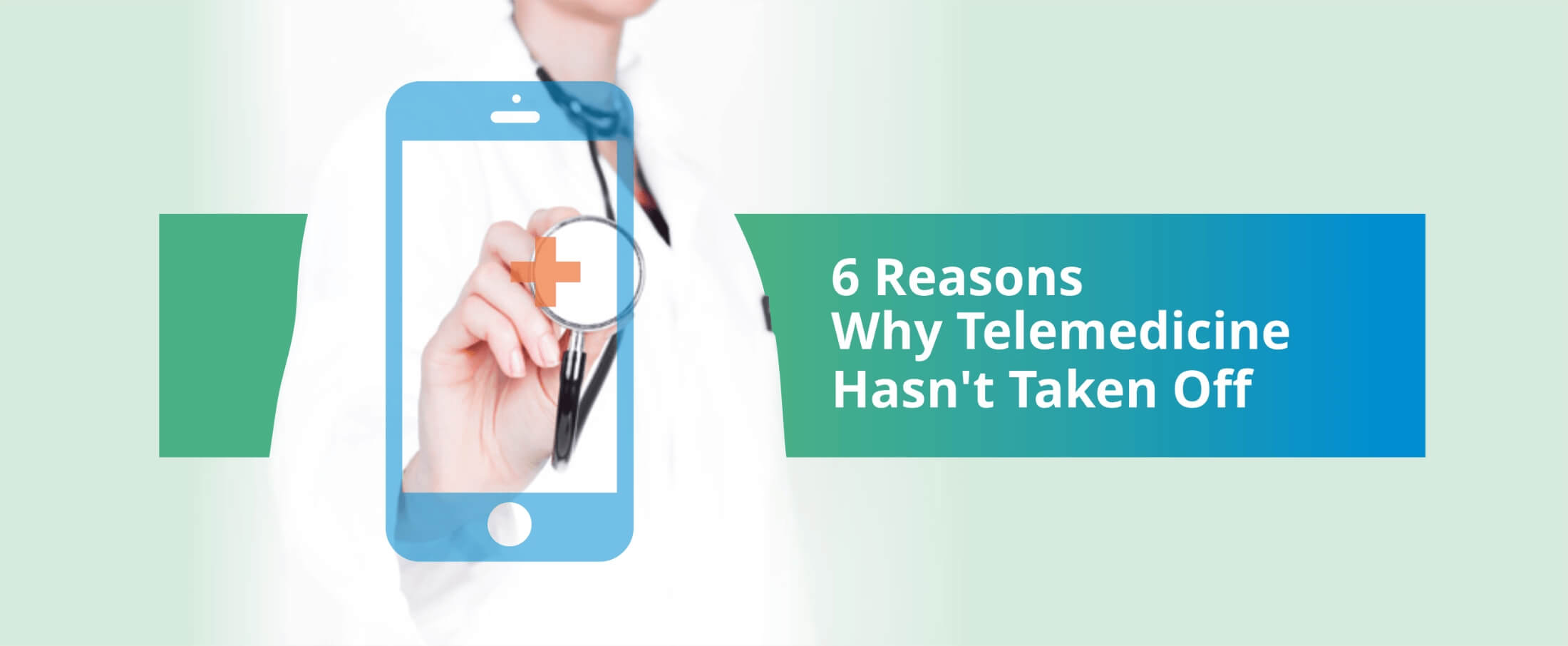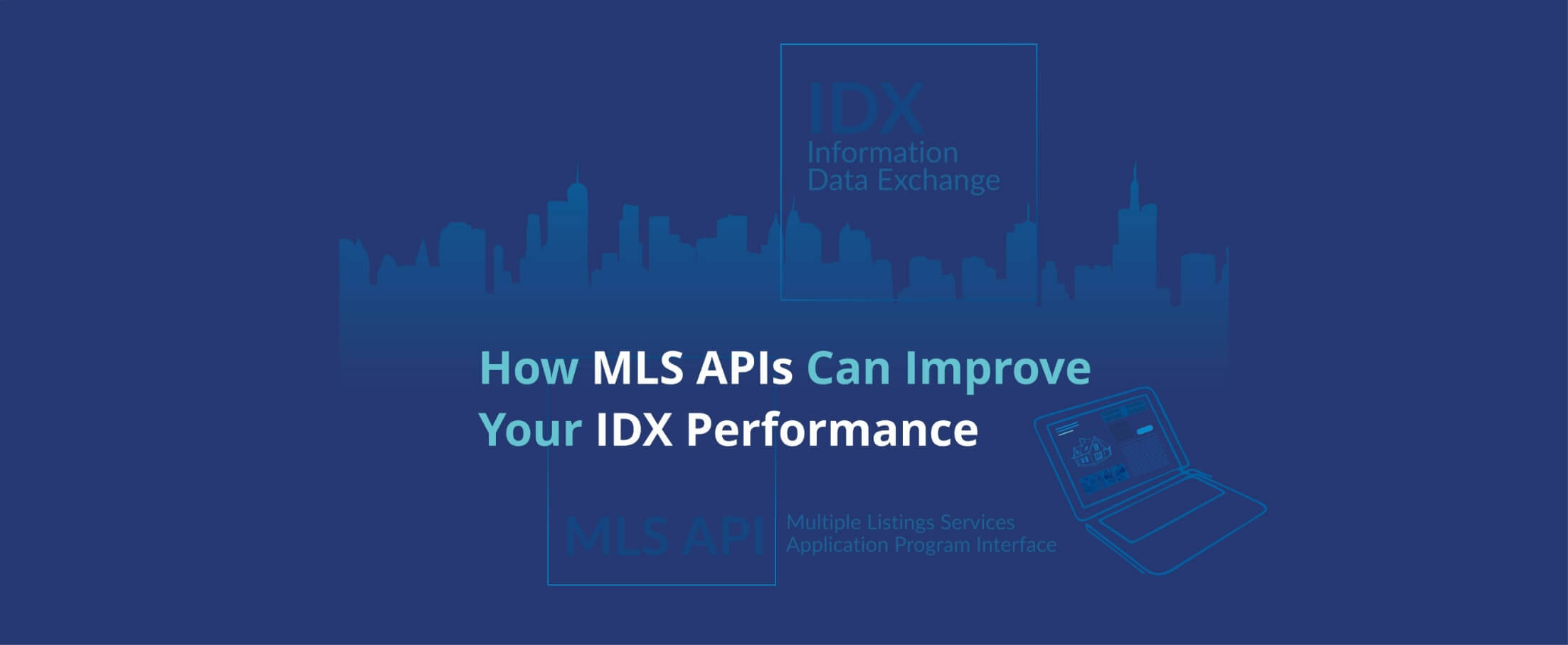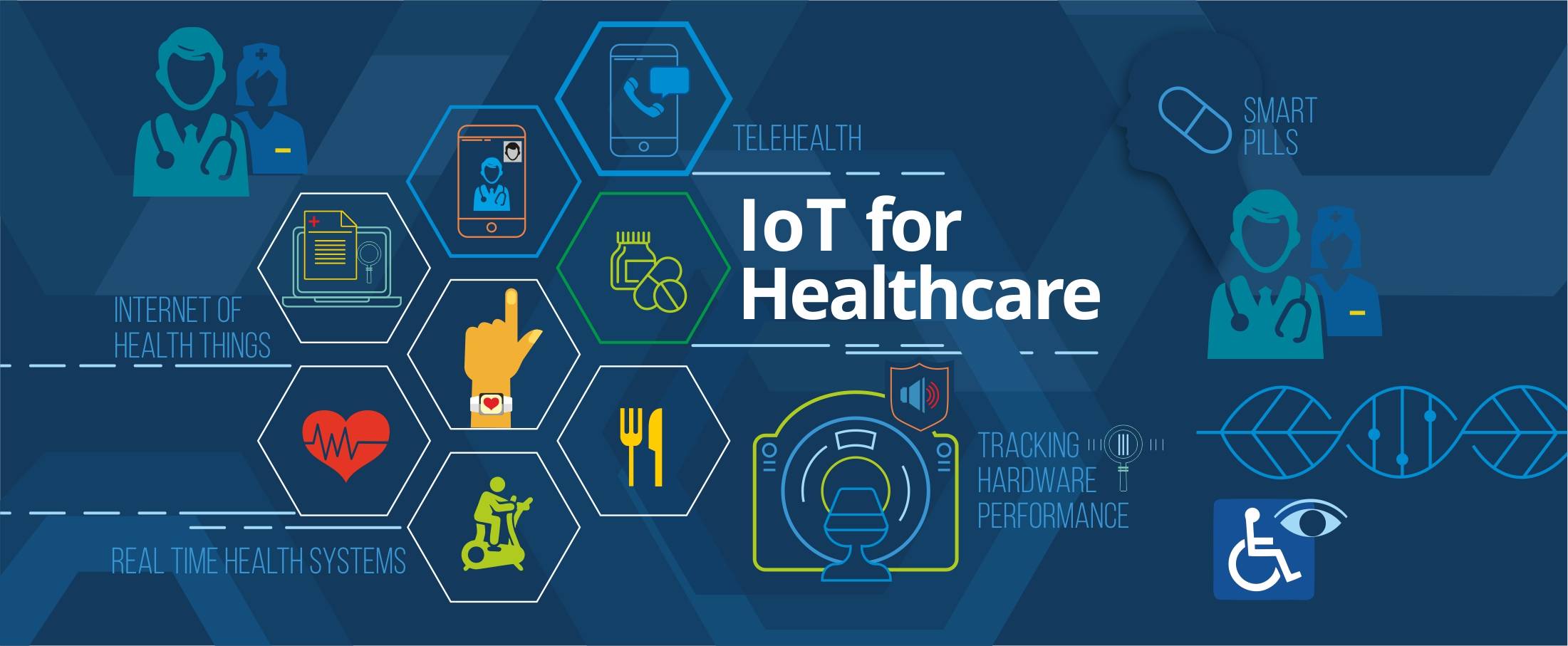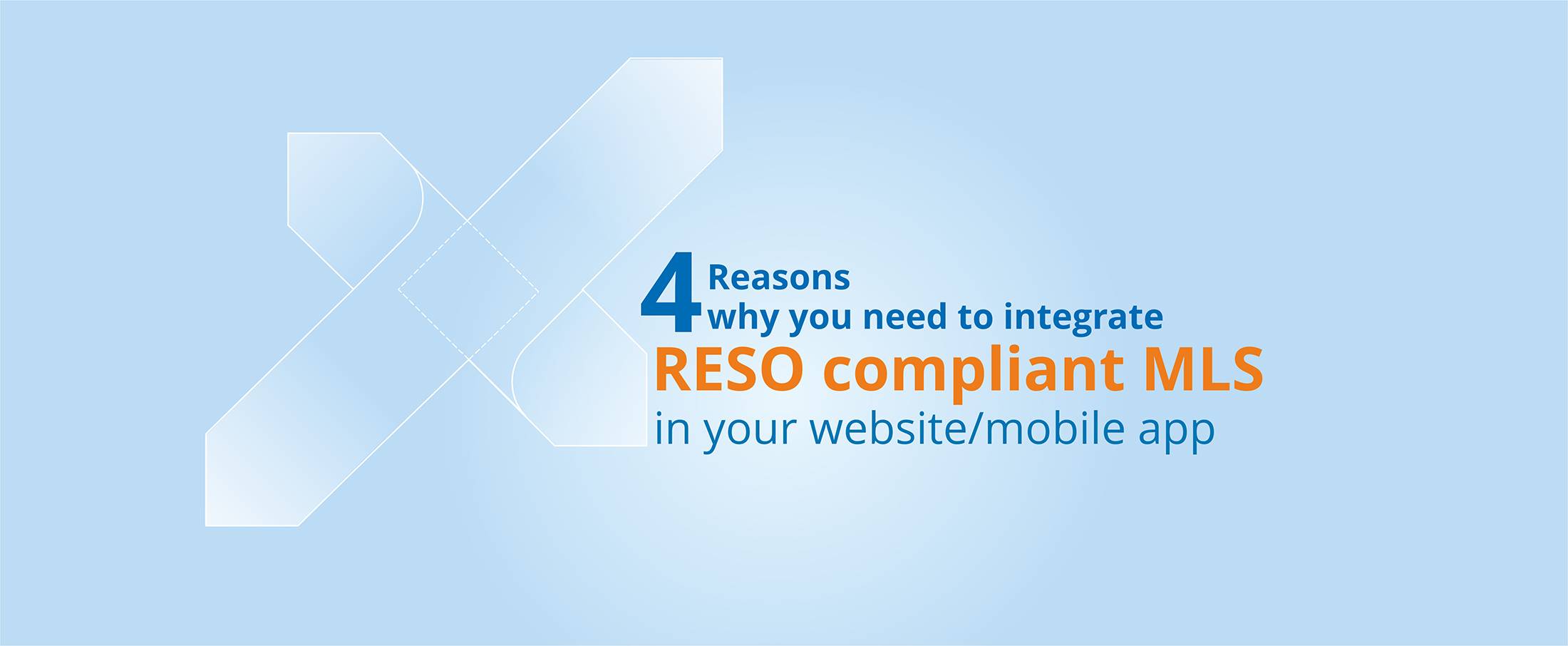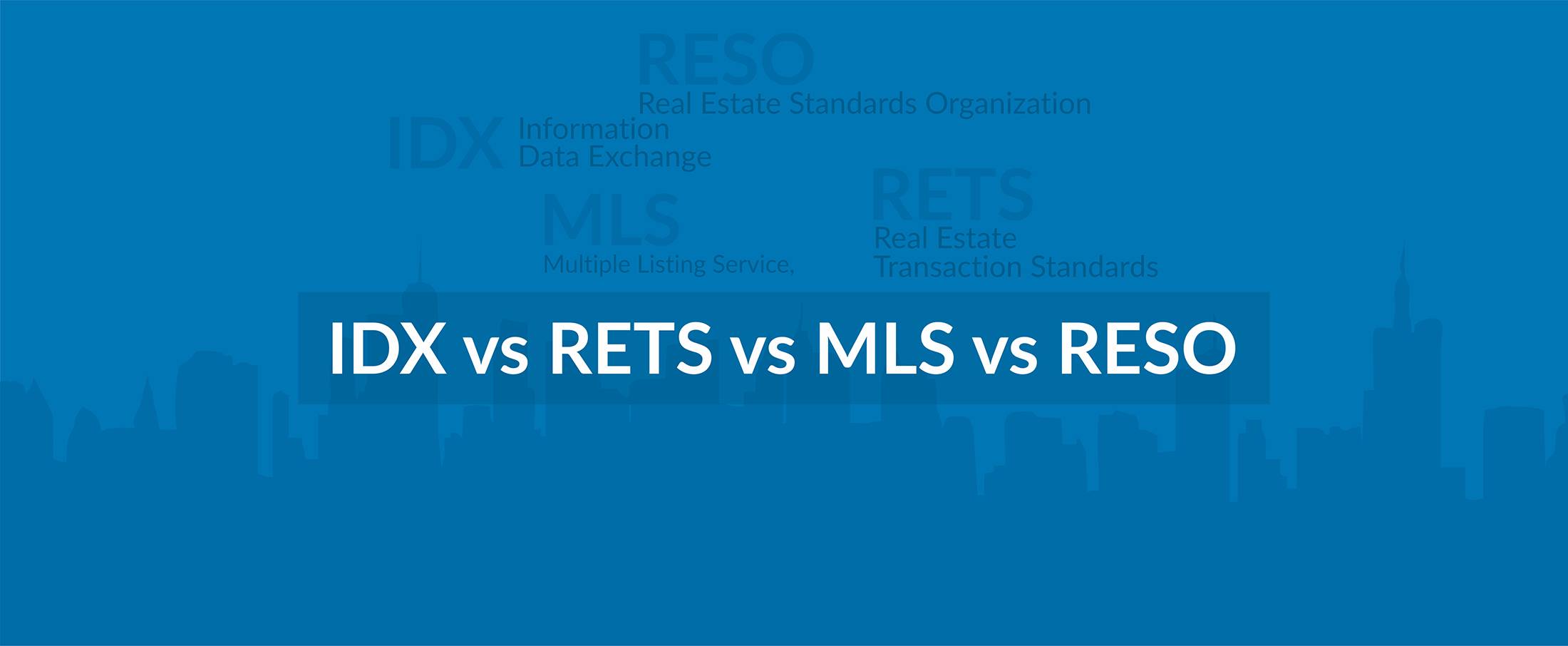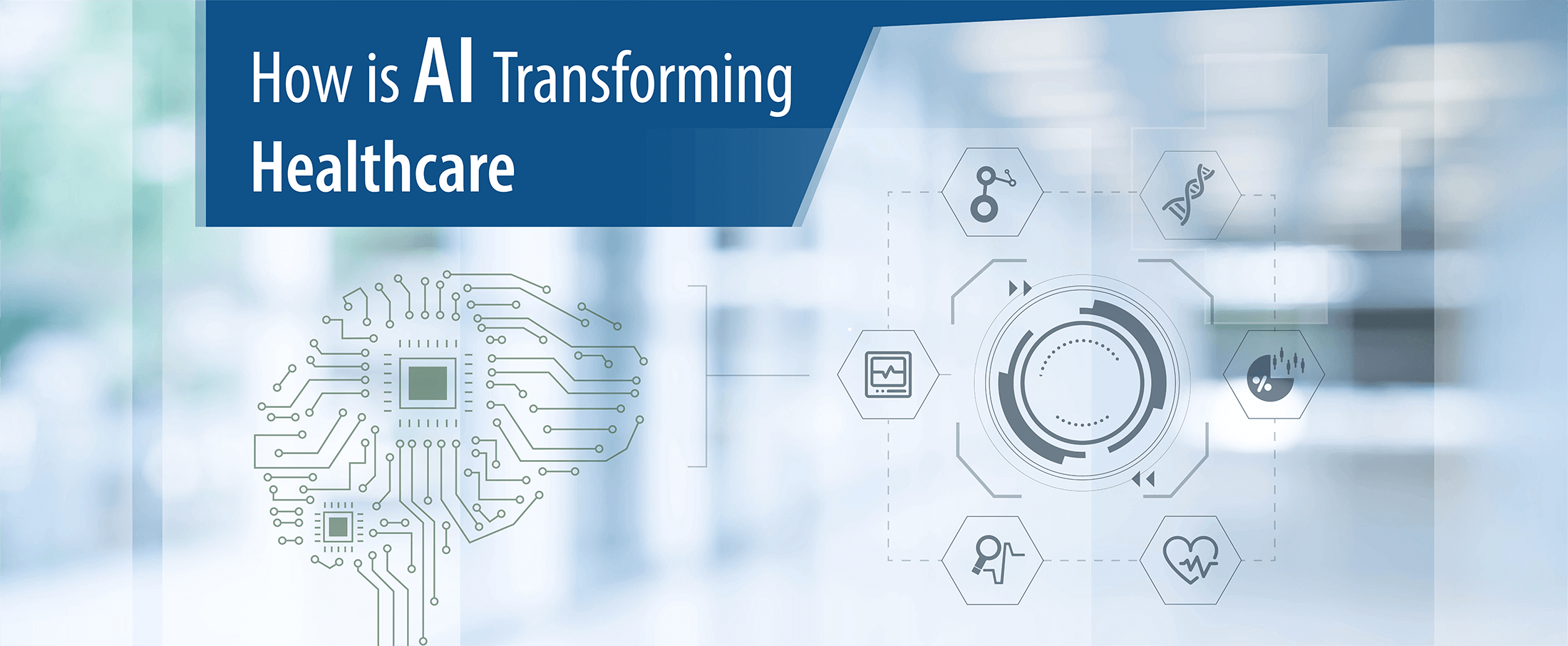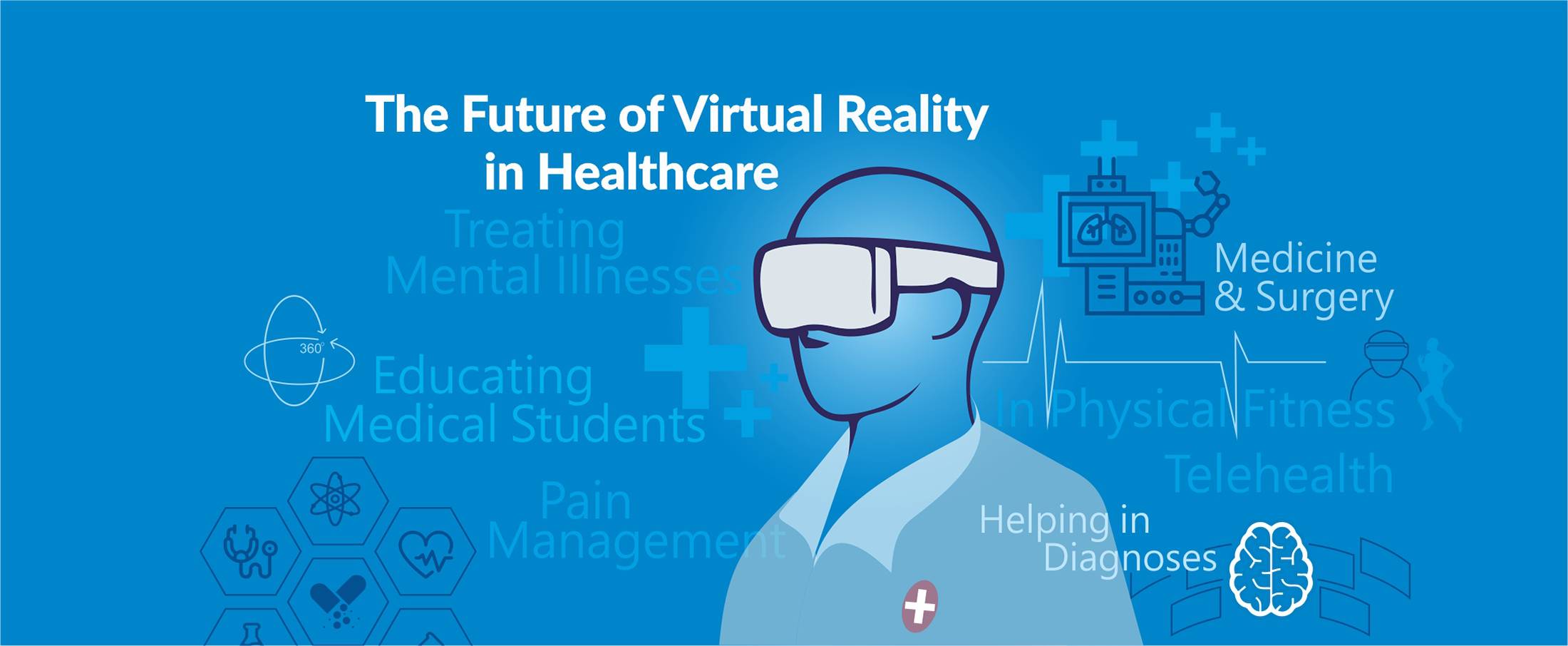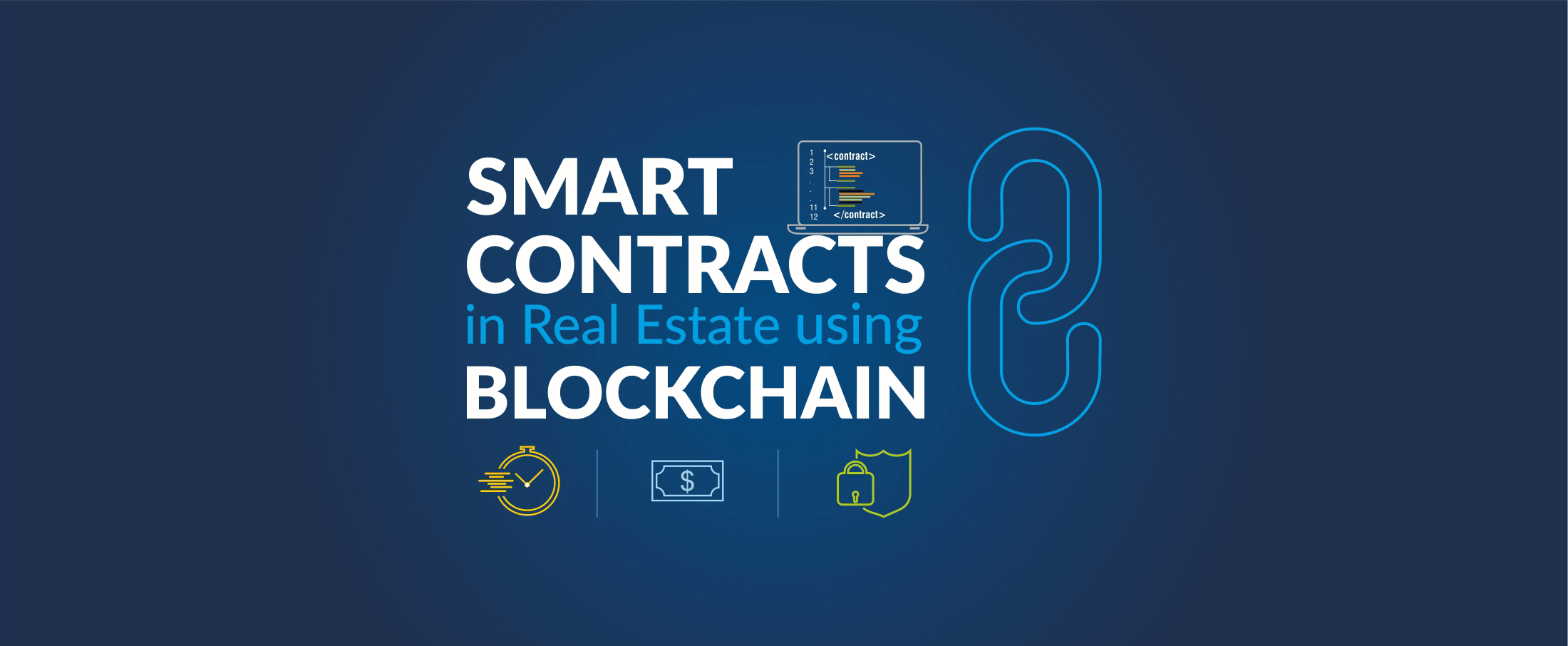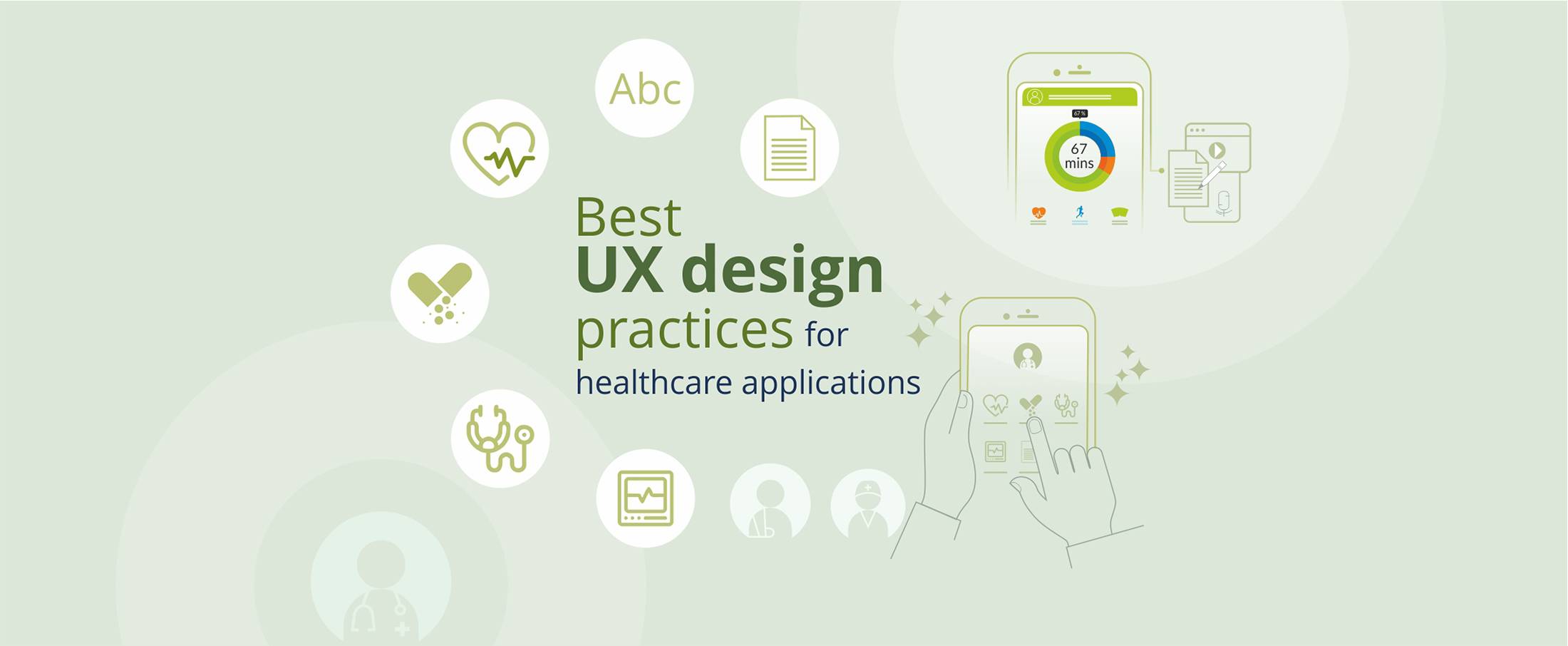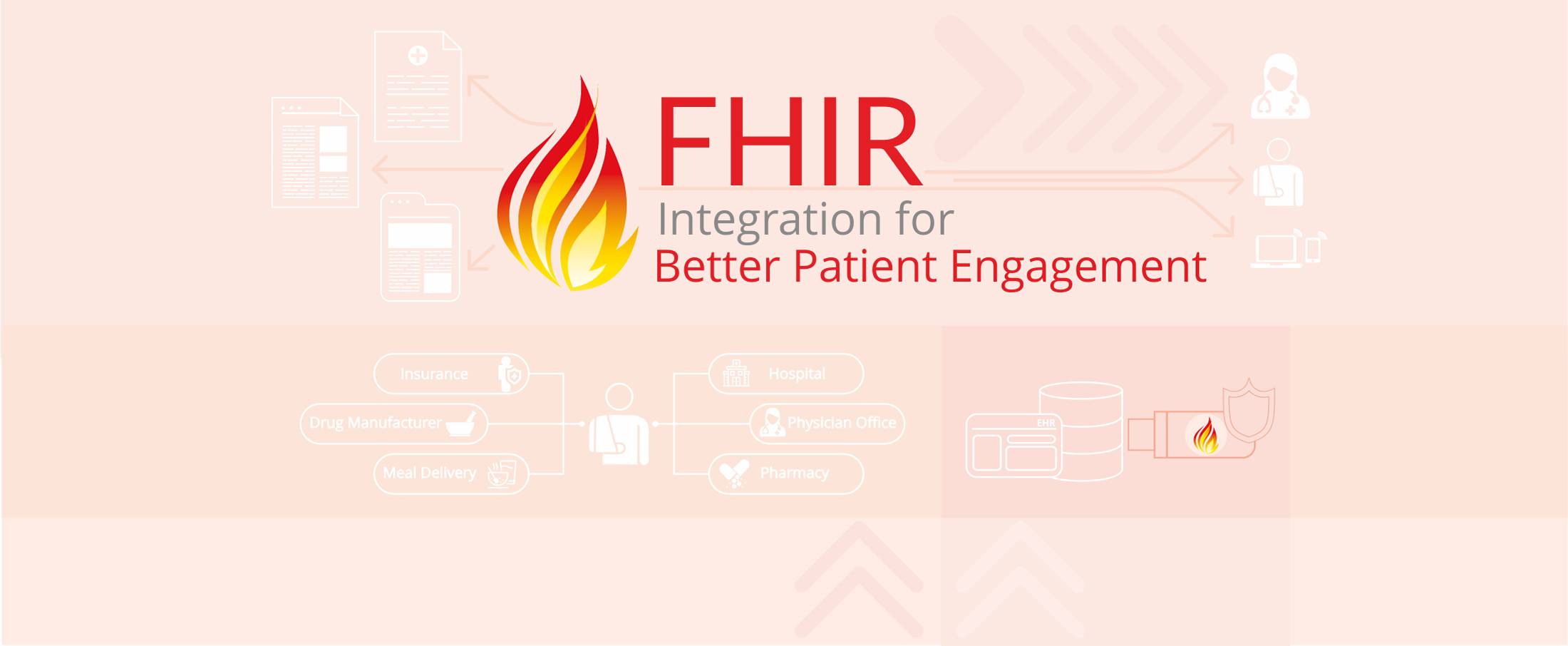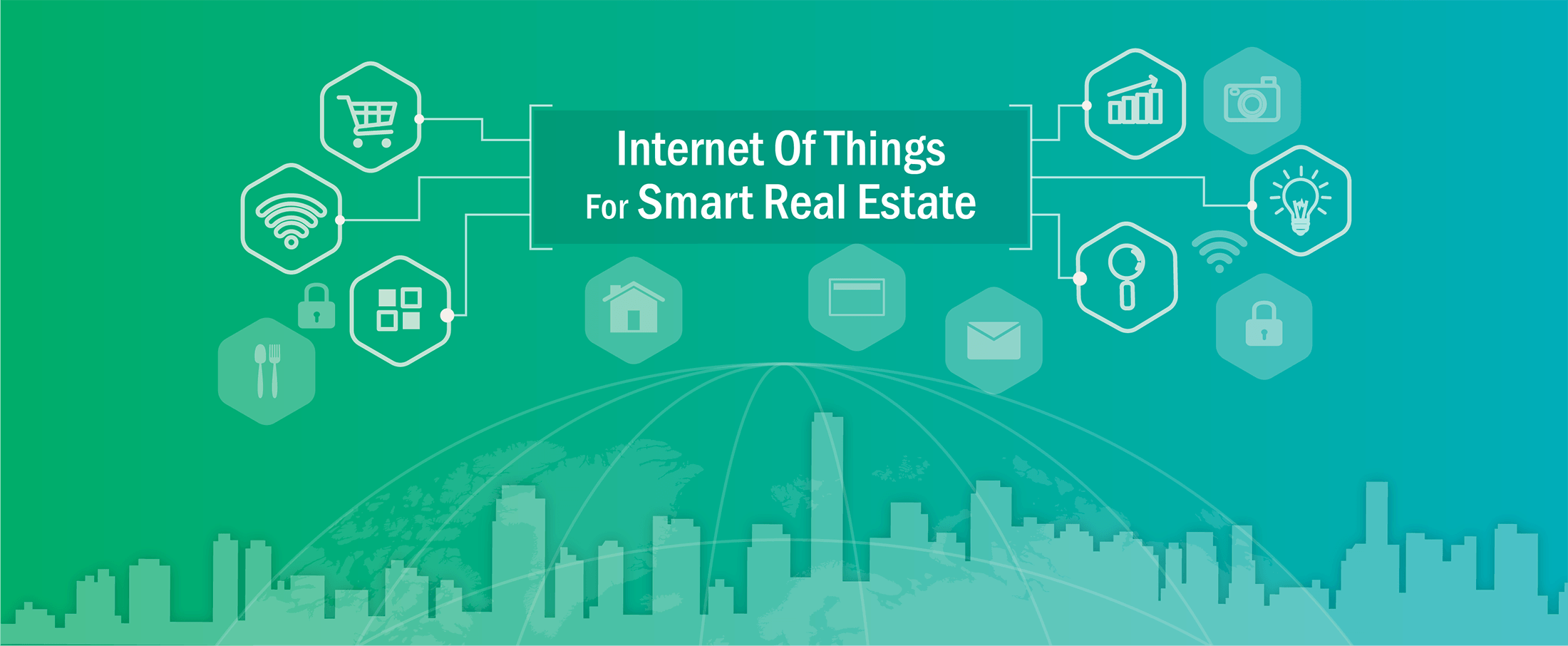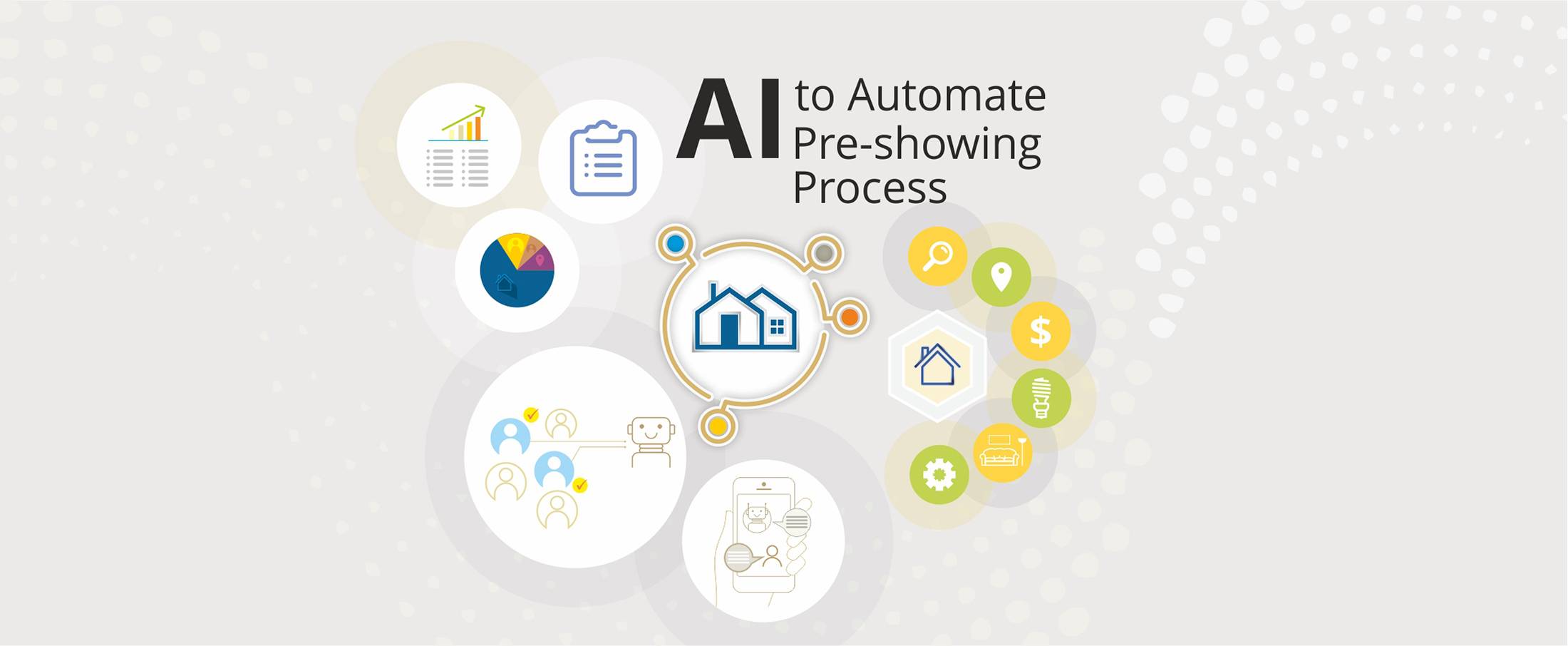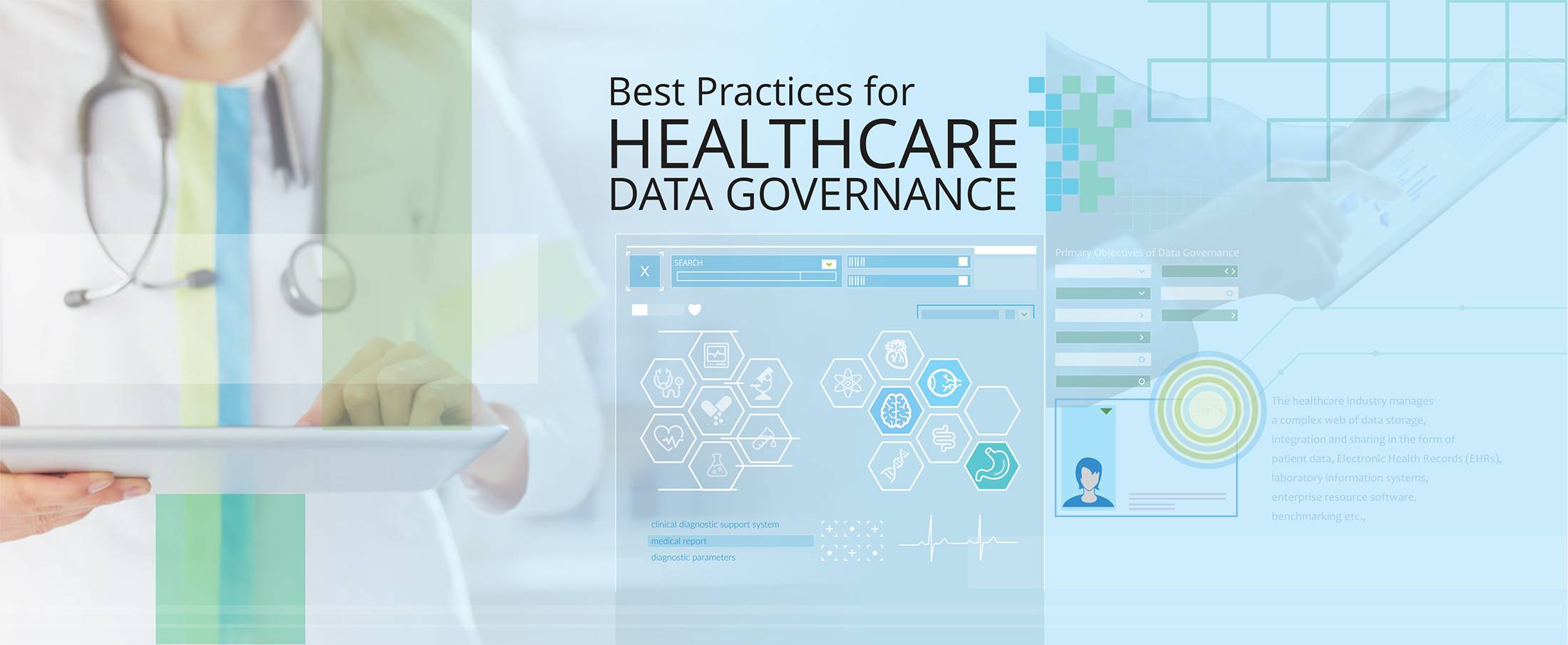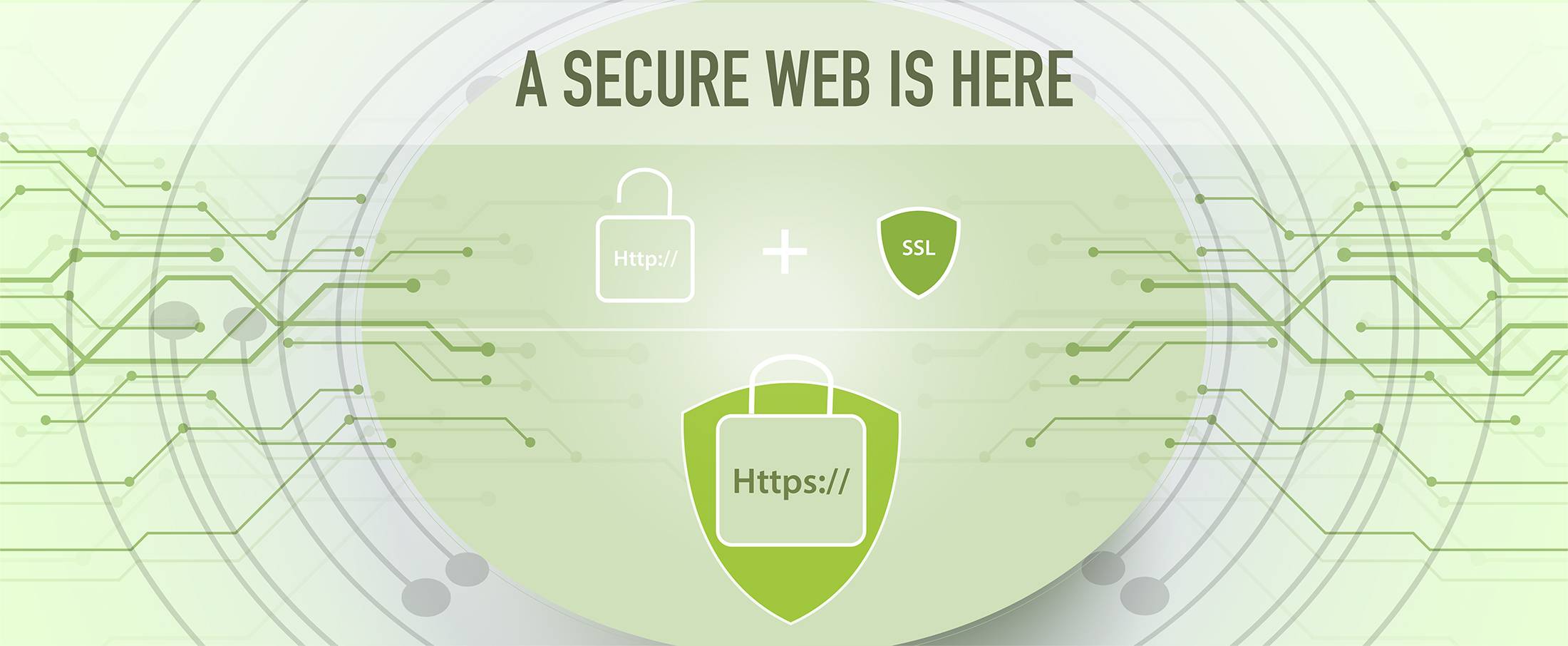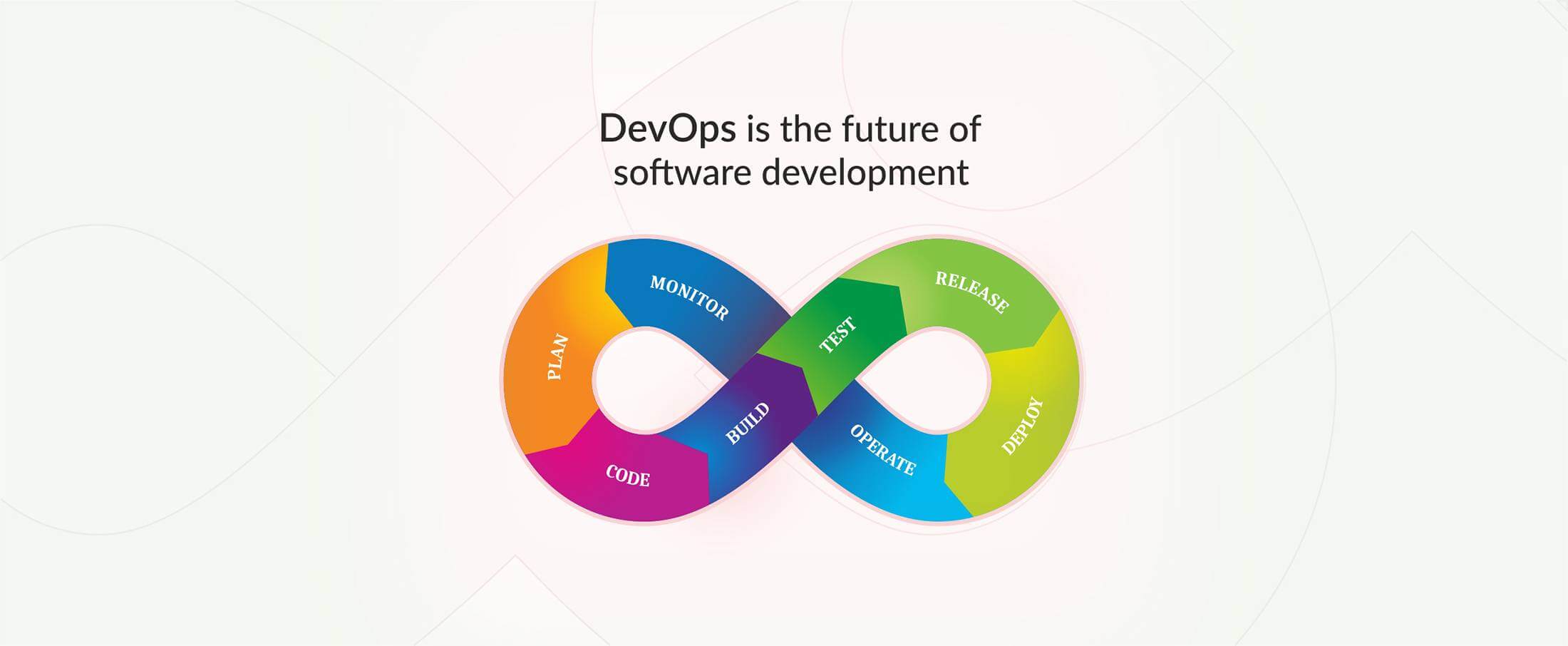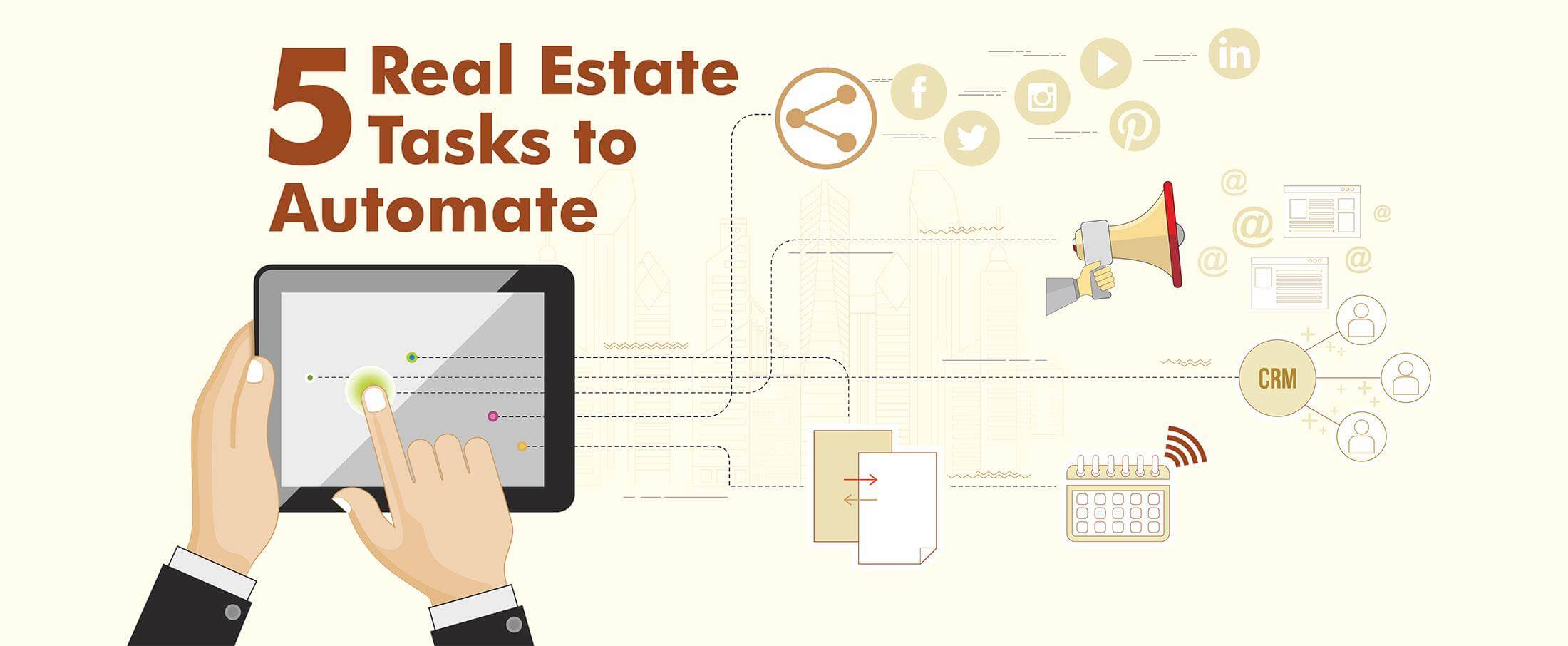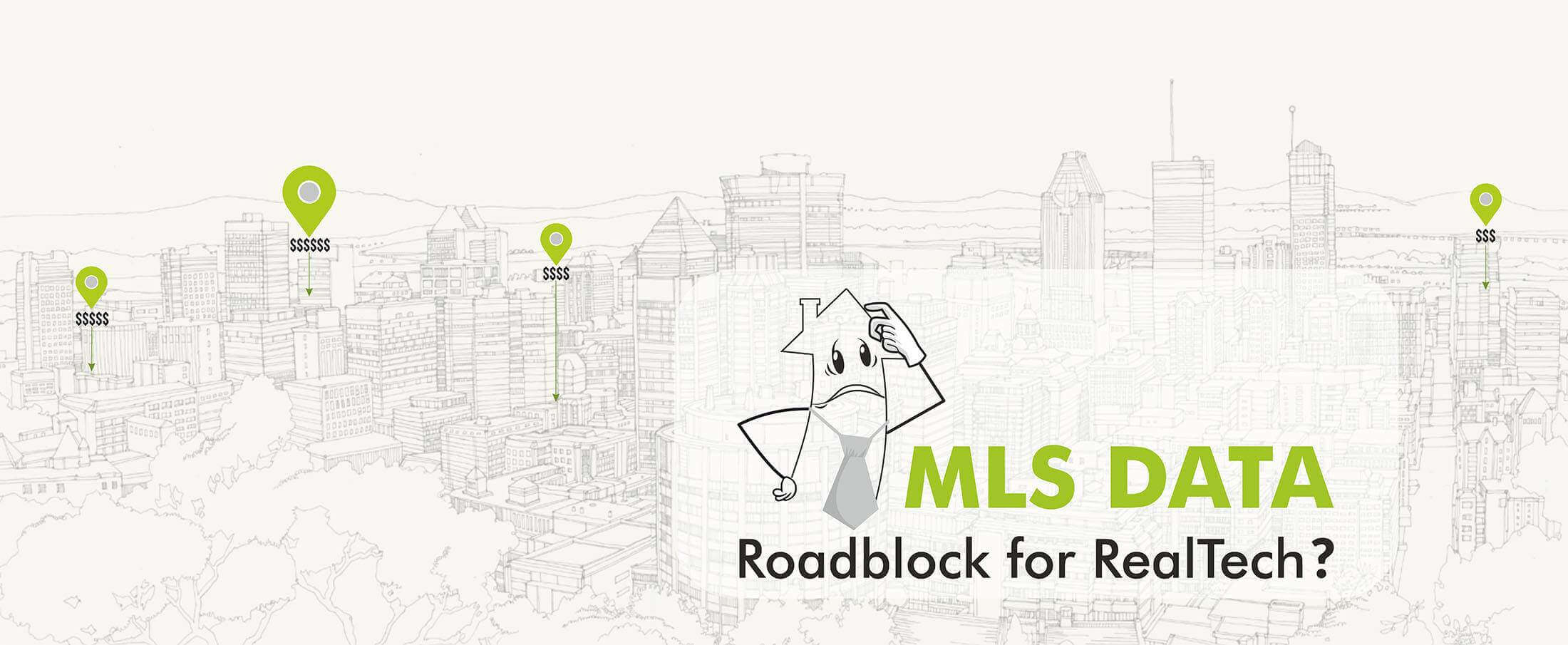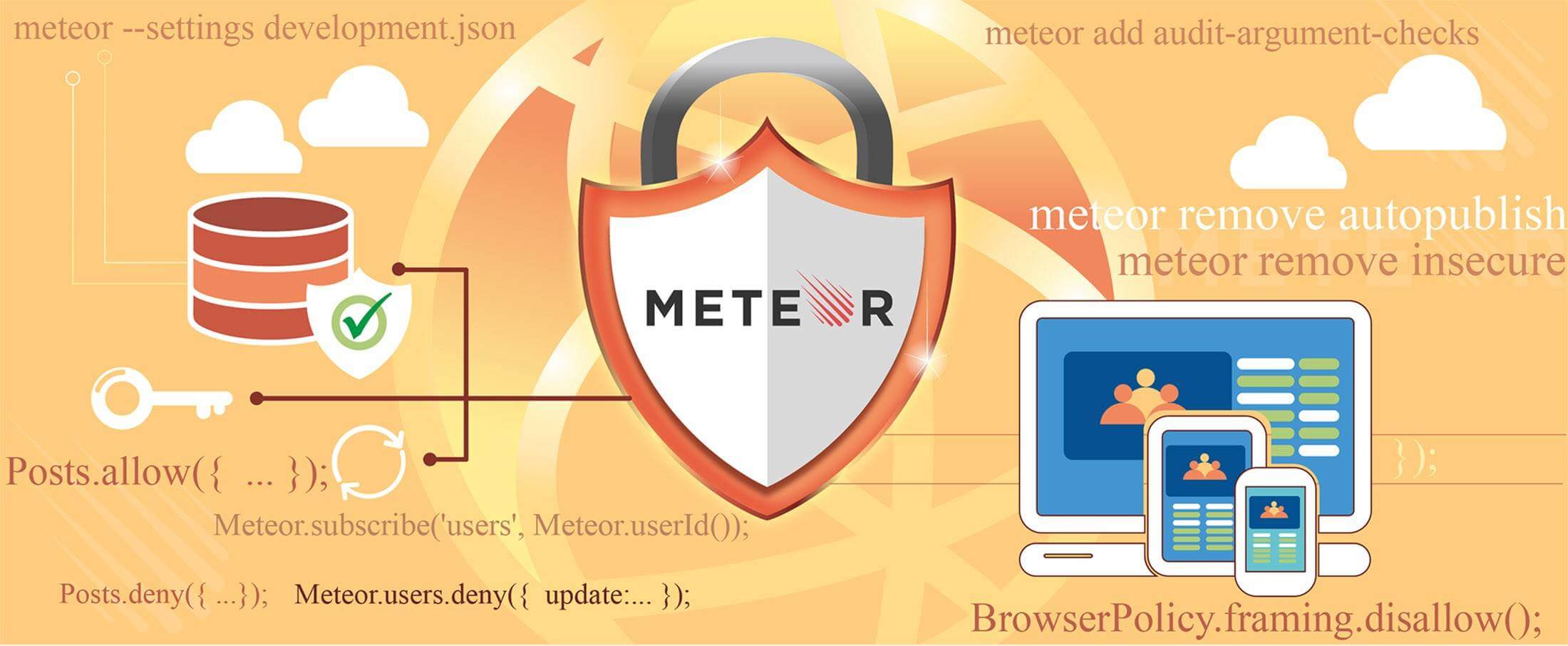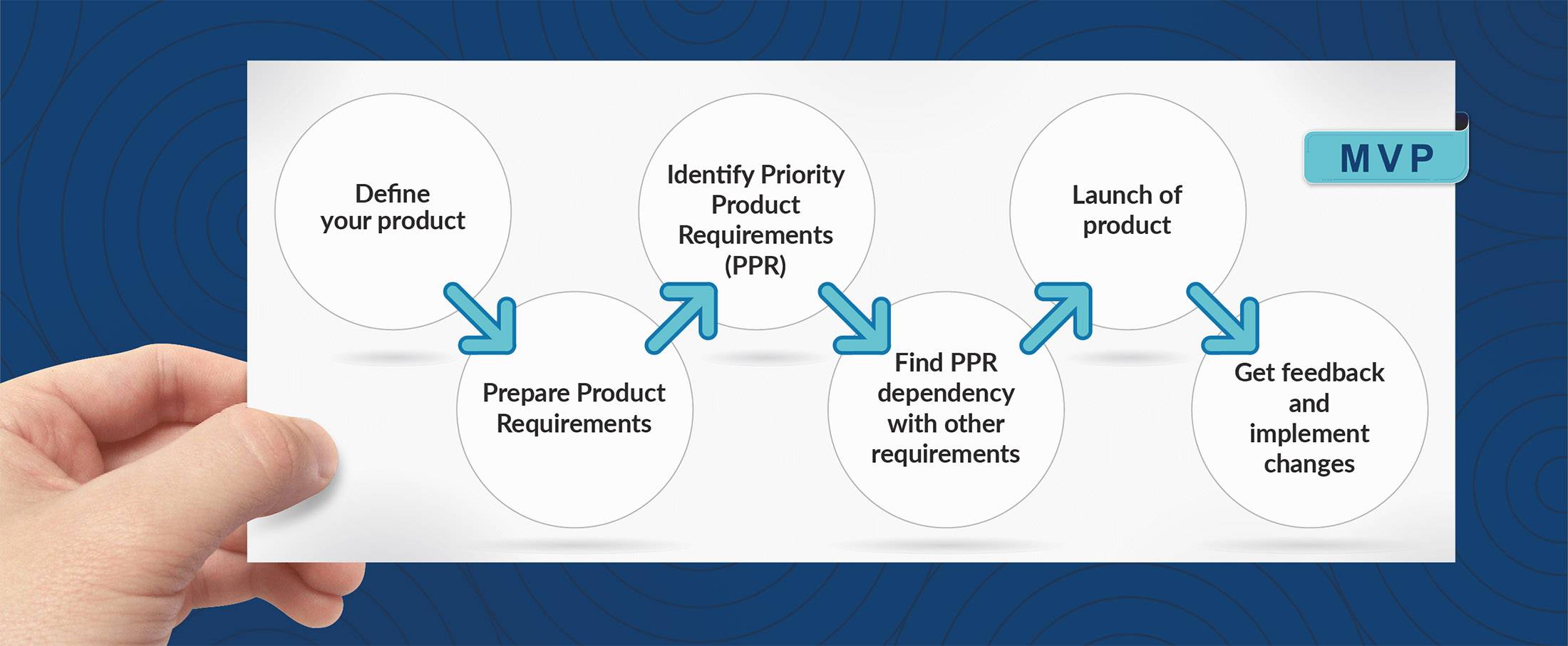EHR Security Best Practices: Safeguarding Patient Data
EHR Security Best Practices: Safeguarding Patient Data
The digital transformation of healthcare has brought numerous benefits, but it has also raised concerns about the security of sensitive patient data. Electronic Health Records (EHR) systems have become integral to modern healthcare, making it essential to prioritize their security. In this blog, we’ll explore EHR security best practices to ensure the protection of patient data.
Understanding the Importance of EHR Security
Electronic Health Records (EHRs) have revolutionized healthcare by replacing traditional paper-based record-keeping with digital systems. While this transition has streamlined processes and improved patient care, it has also made healthcare organizations vulnerable to cybersecurity threats. Protecting patient data is not only an ethical obligation but also a legal requirement.
1. Access Control and User Authentication
Implement stringent access controls to ensure that only authorized personnel can access patient records. Use strong user authentication methods such as multi-factor authentication (MFA) to verify the identity of users.
2. Encryption of Data
Encrypt patient data both in transit and at rest. This ensures that even if data is intercepted, it remains unreadable without the decryption key.
3. Regular Security Audits and Risk Assessments
Conduct regular security audits and risk assessments to identify vulnerabilities and address them promptly. This proactive approach helps in staying ahead of potential threats.
4. Employee Training and Awareness
Train your staff in cybersecurity best practices and raise awareness about the importance of data security. Employees should know how to recognize and respond to security threats.
5. Backup and Disaster Recovery Plans
Implement robust backup and disaster recovery plans to ensure that patient data can be restored in case of data loss or cyberattacks. Regularly test these plans to verify their effectiveness.
6. Vendor Risk Management
If you use third-party vendors for EHR services, assess their security practices and ensure they comply with relevant regulations like HIPAA. Understand their data handling and protection processes.
7. Secure Communication Channels
Ensure that all communication channels, including email and messaging systems, are secure. Use encryption for emails containing patient data.
8. Audit Trails and Monitoring
Implement audit trails that record all interactions with patient data. Regularly monitor these logs for suspicious activities.
9. Patch Management
Keep EHR systems and associated software up-to-date with security patches. Vulnerabilities in outdated software can be exploited by cybercriminals.
10. HIPAA Compliance
Adhere to the Health Insurance Portability and Accountability Act (HIPAA) regulations. This includes conducting regular risk assessments, safeguarding patient data, and reporting breaches when they occur.
Conclusion: Prioritizing EHR Security
EHR systems have revolutionized healthcare, but their security is paramount. By implementing these EHR security best practices, healthcare organizations can protect patient data, maintain trust, and ensure compliance with regulatory requirements. In an increasingly digital healthcare landscape, safeguarding sensitive information is not just a best practice; it’s an ethical and legal obligation.
- EHR
- Healthcare
- HIPAA
Makarand Deshpande
19 Oct 2023
